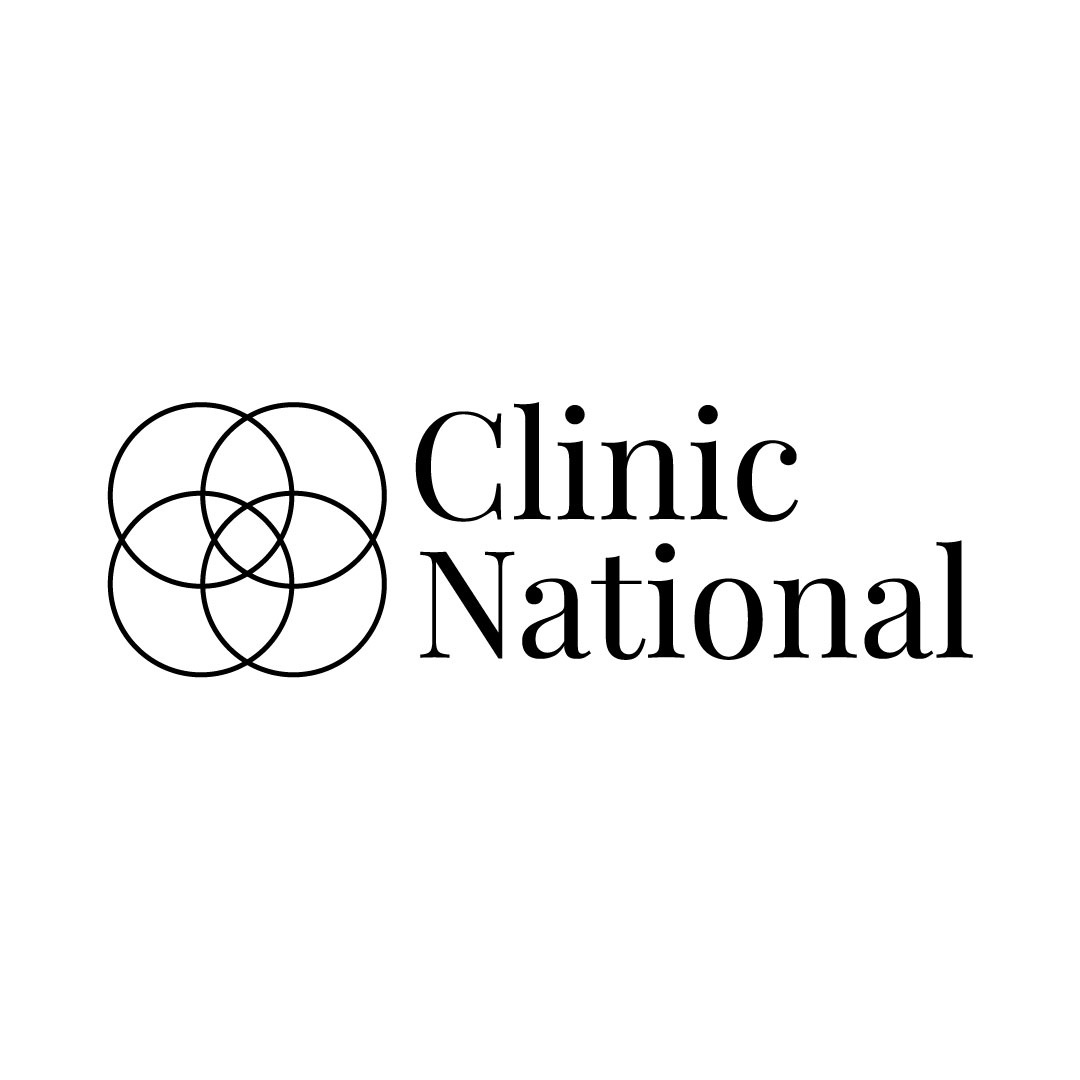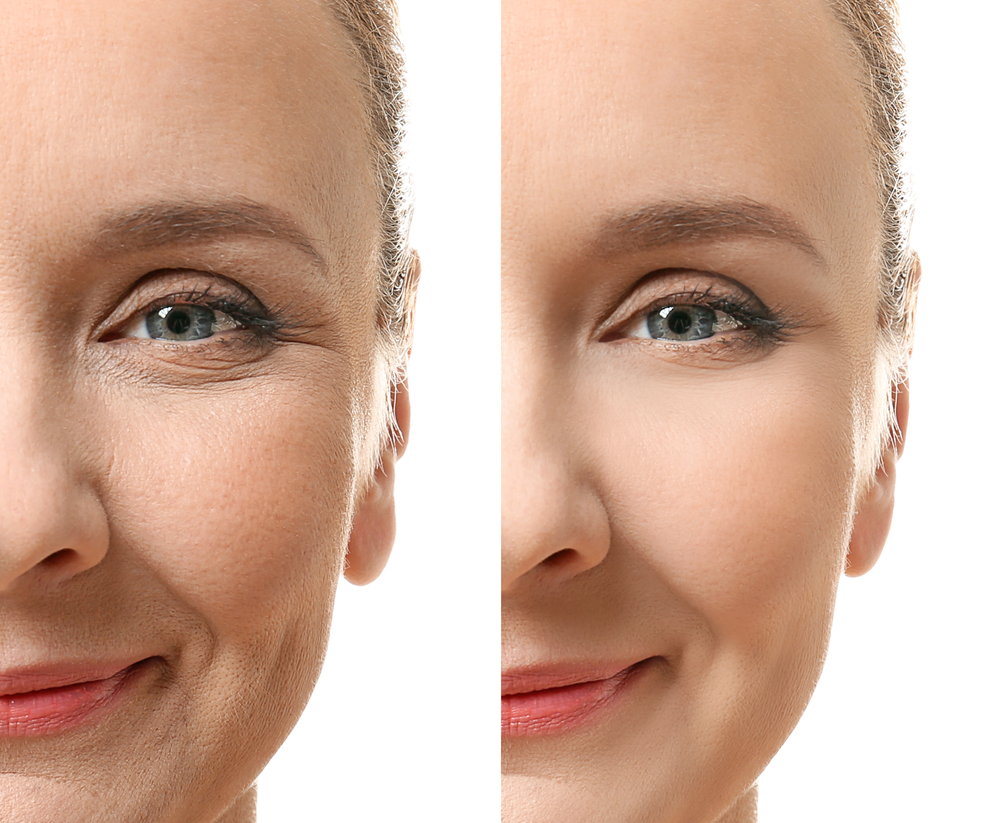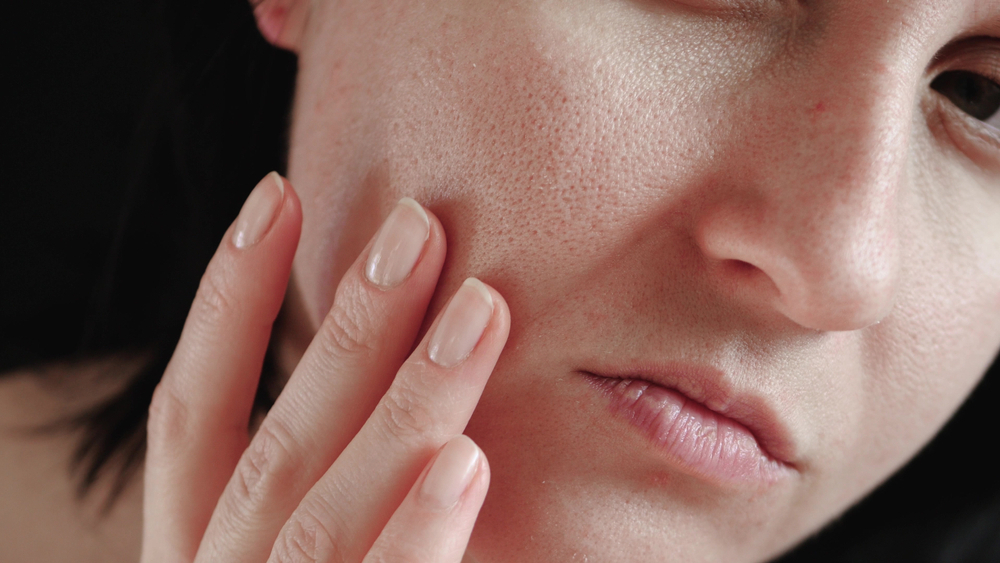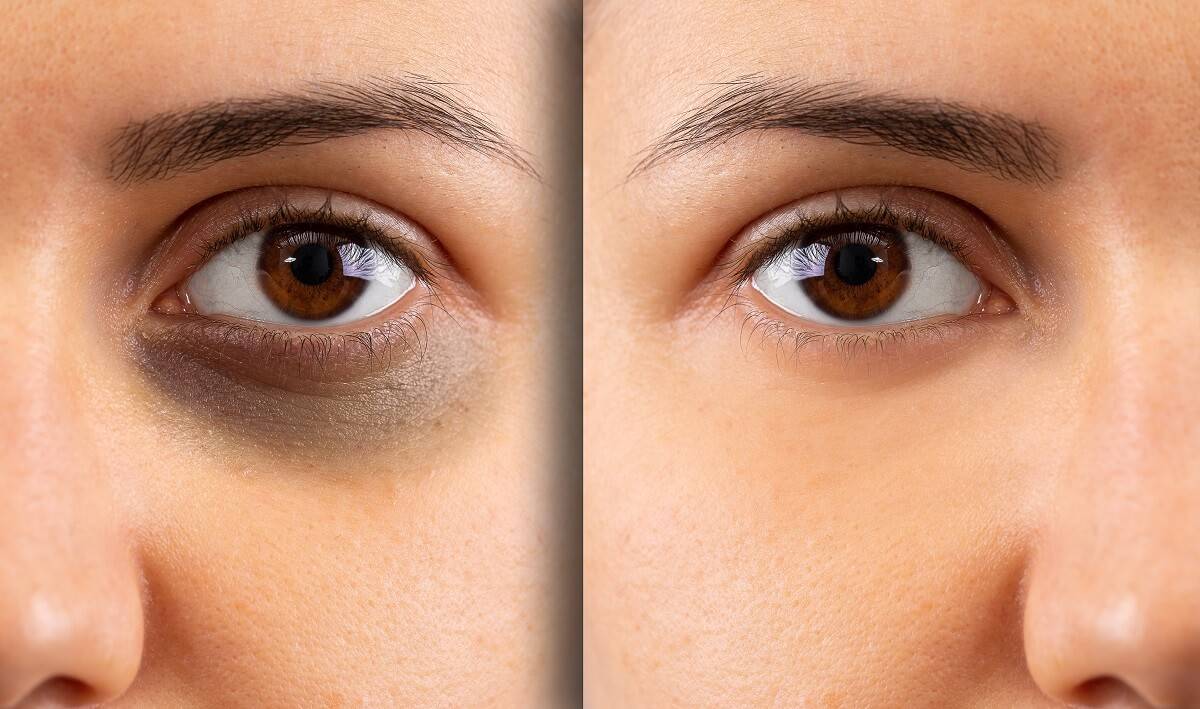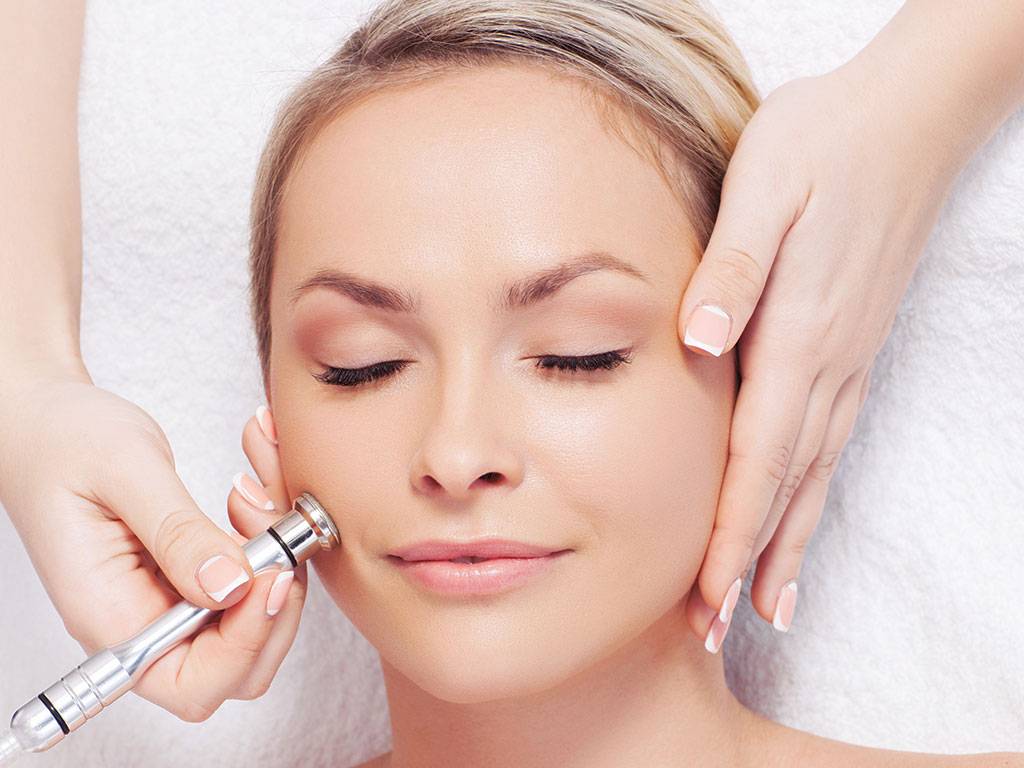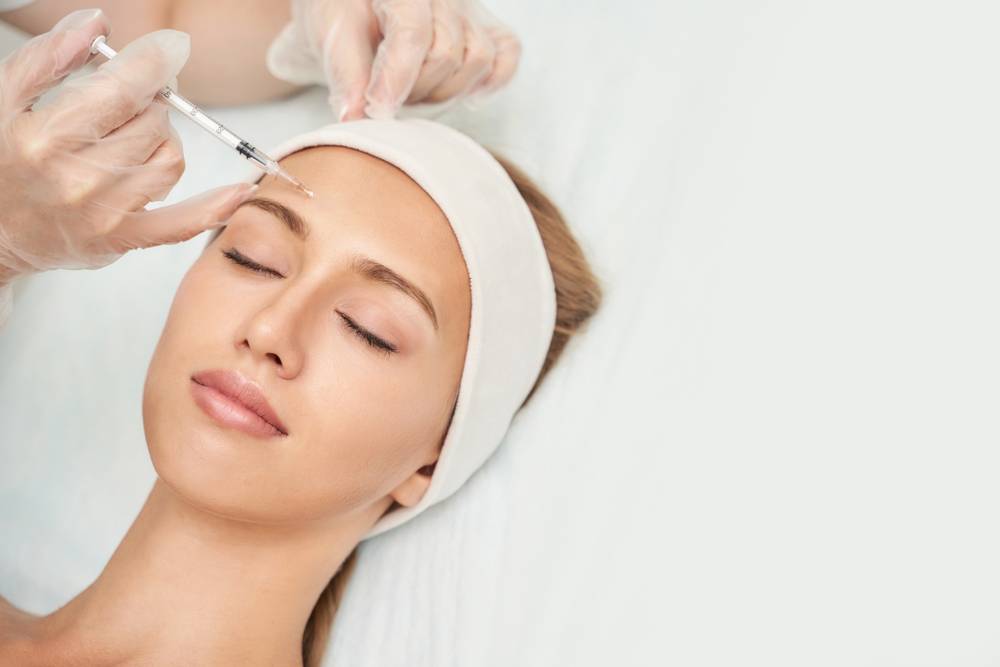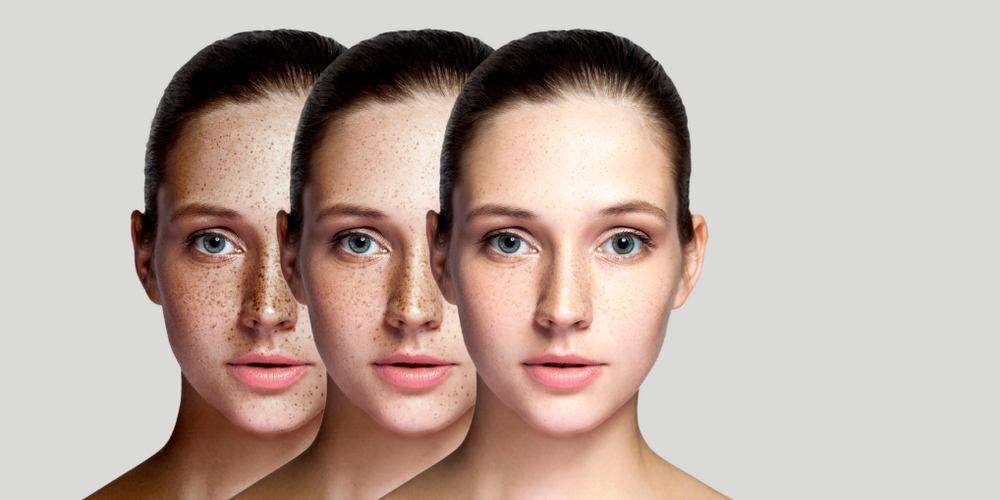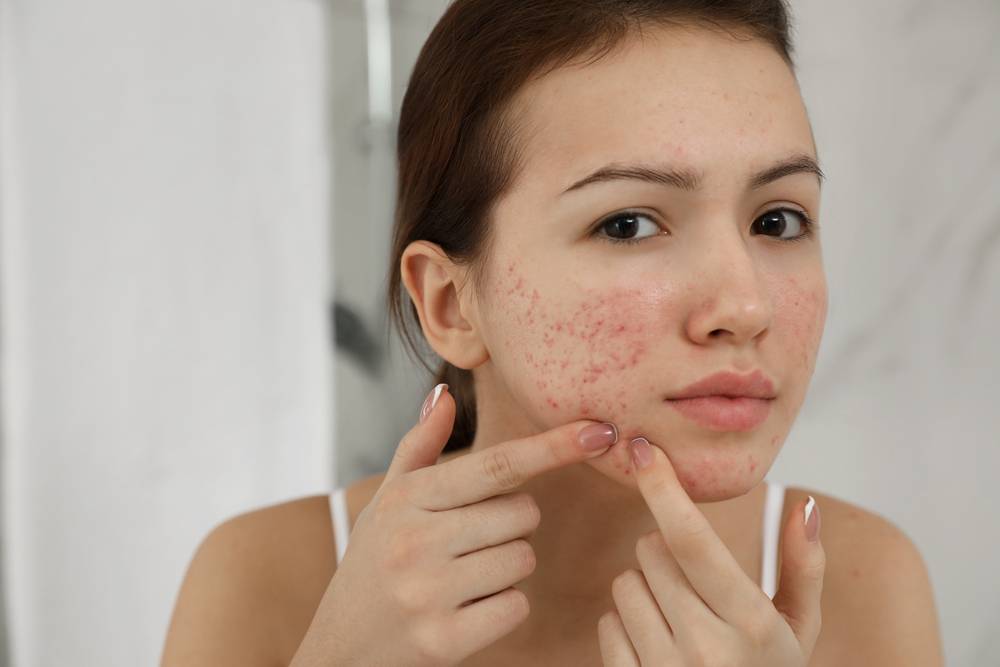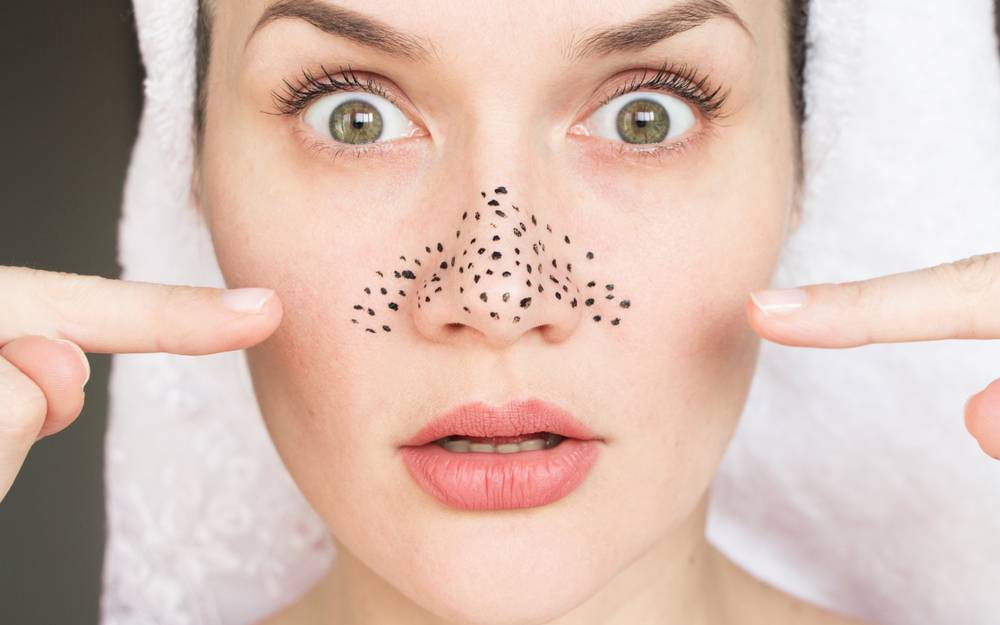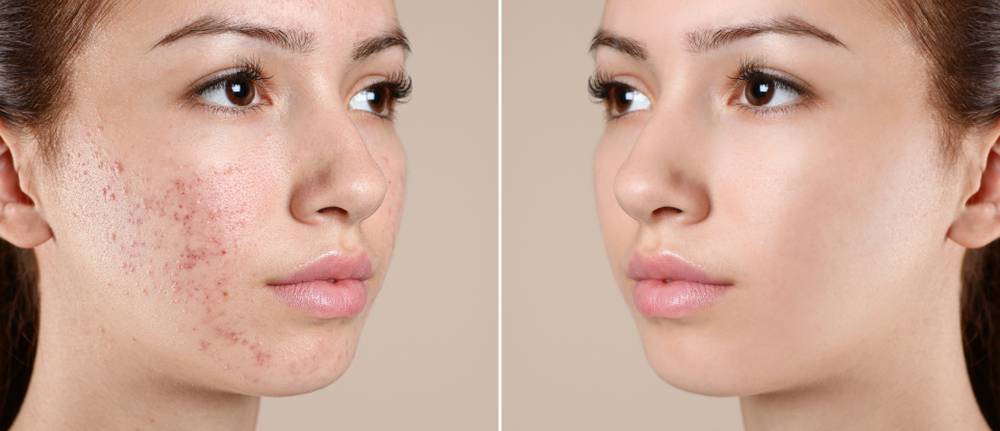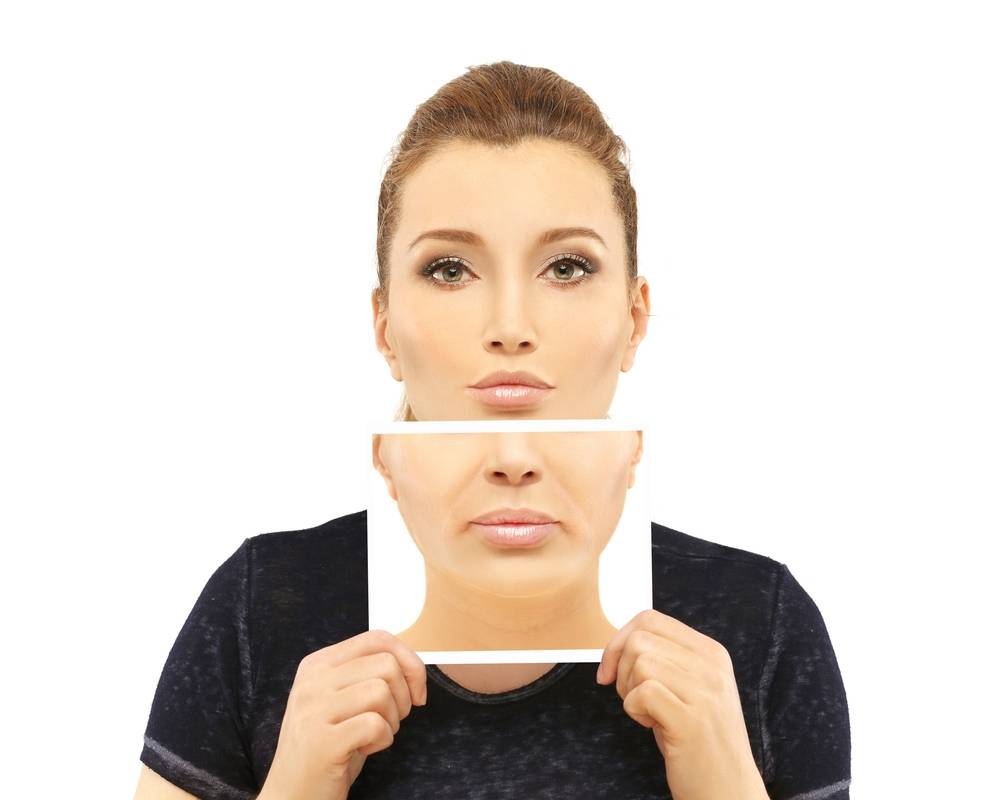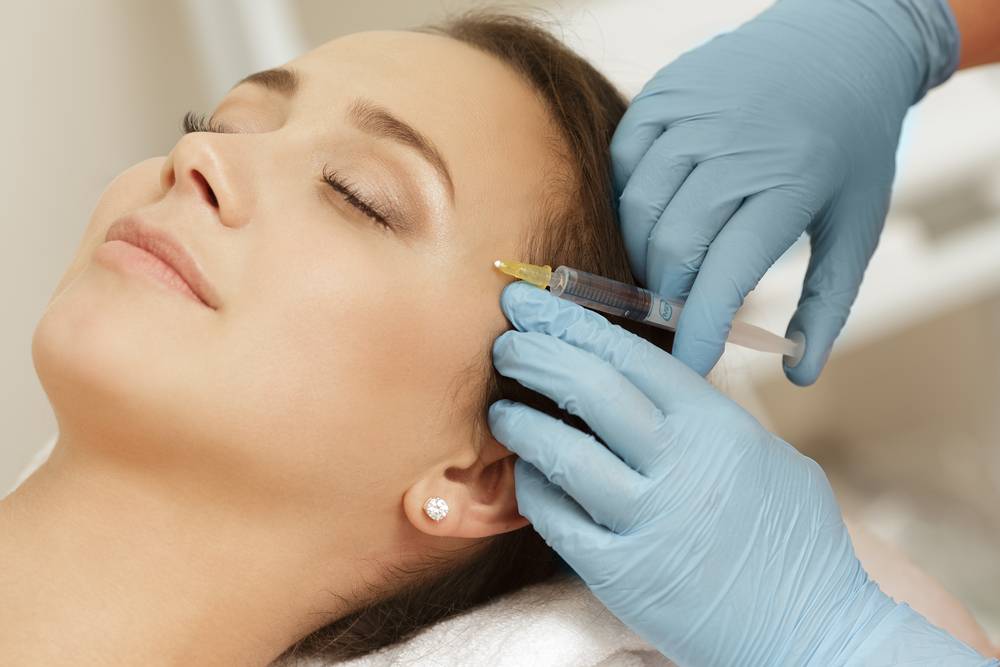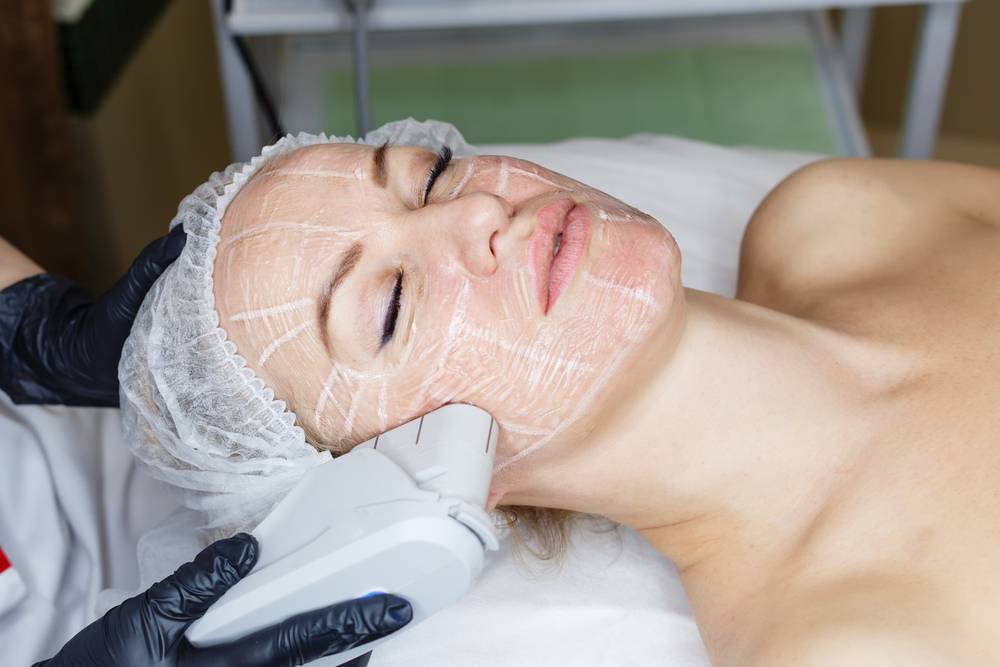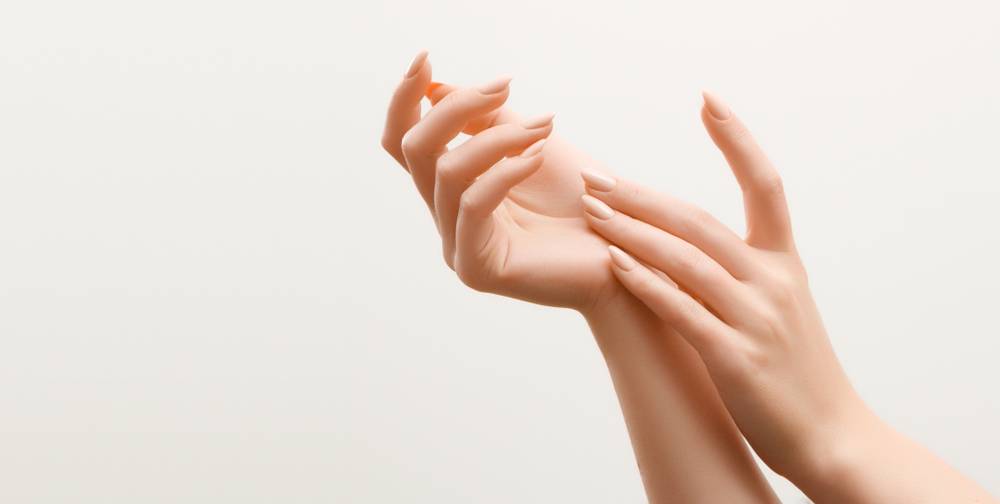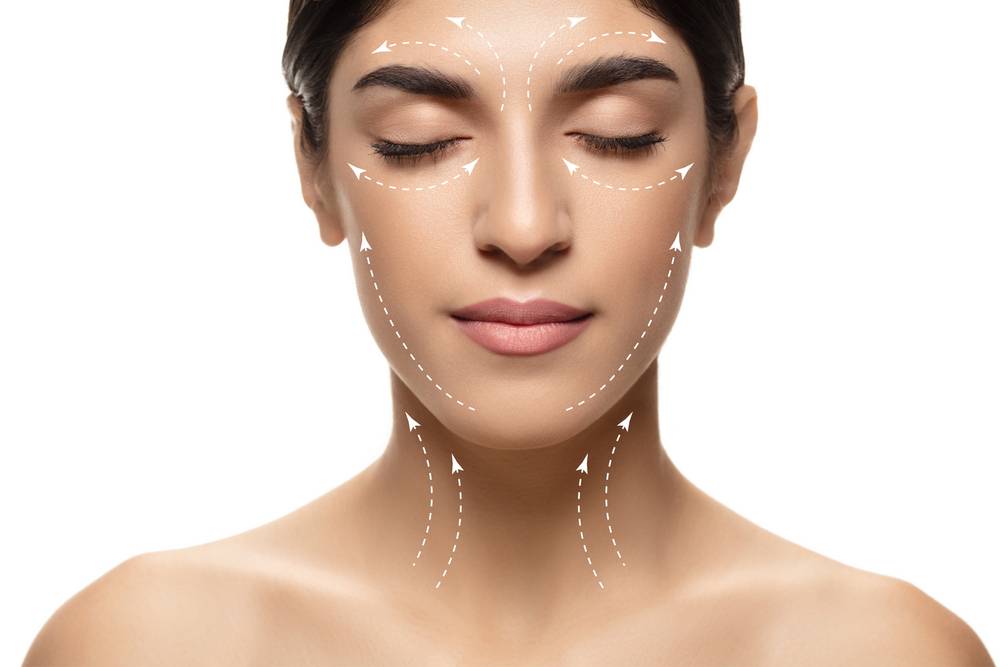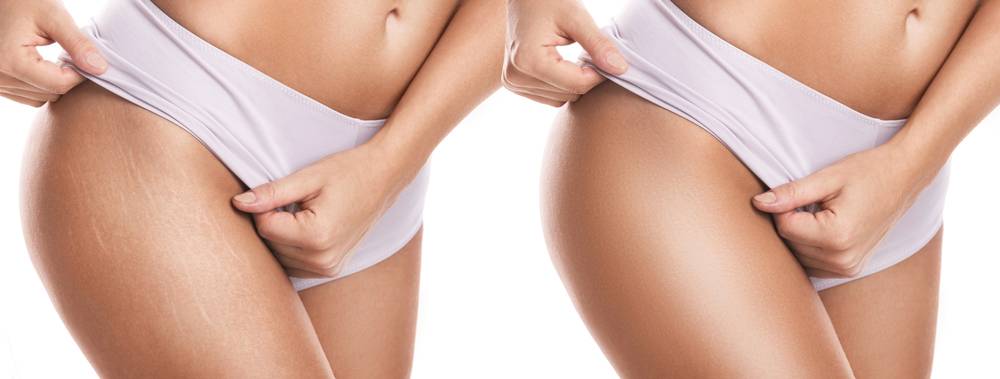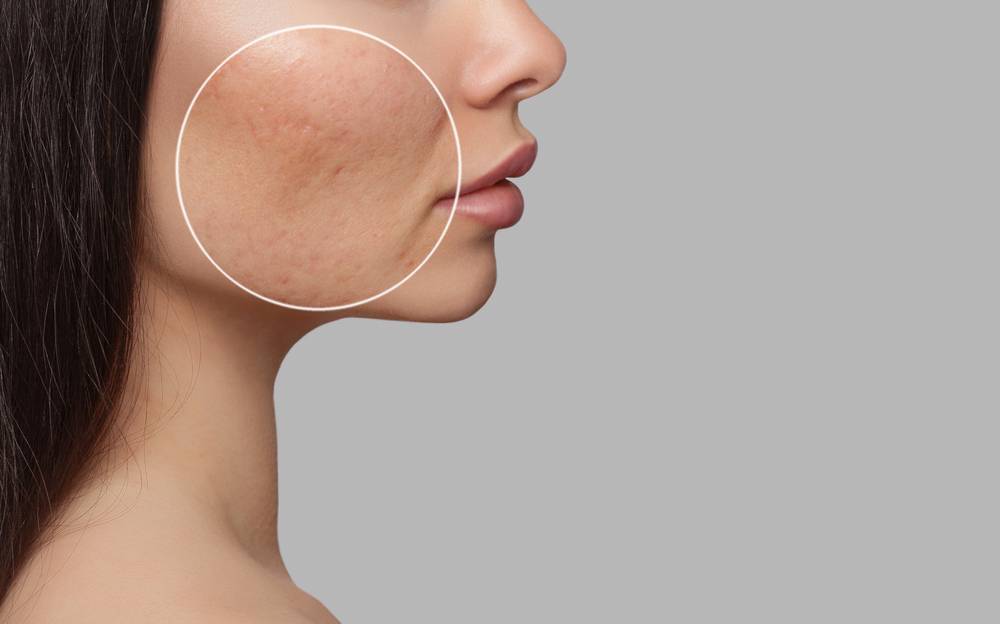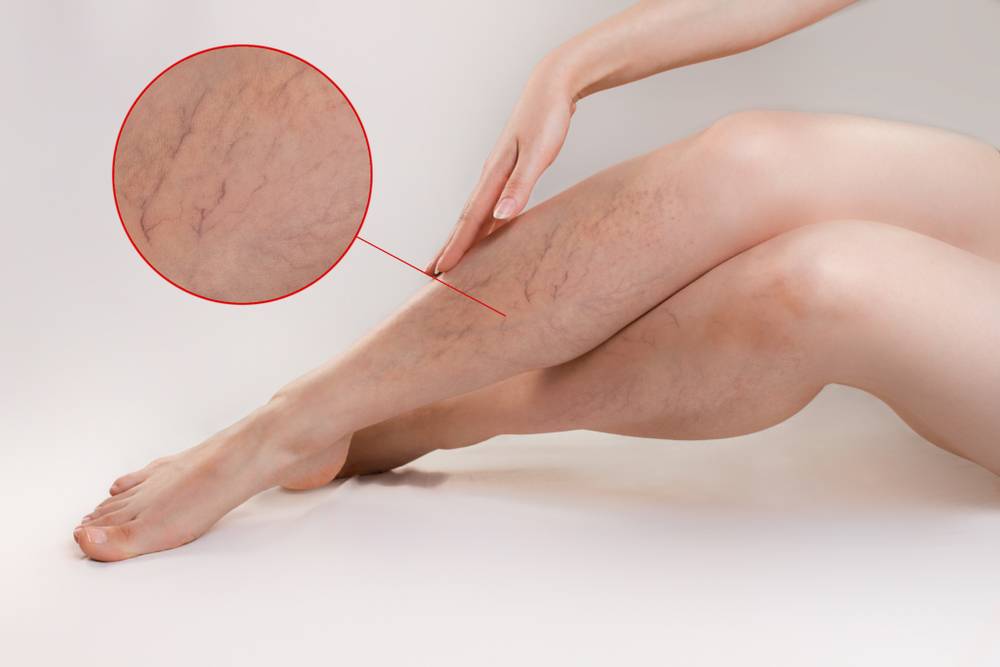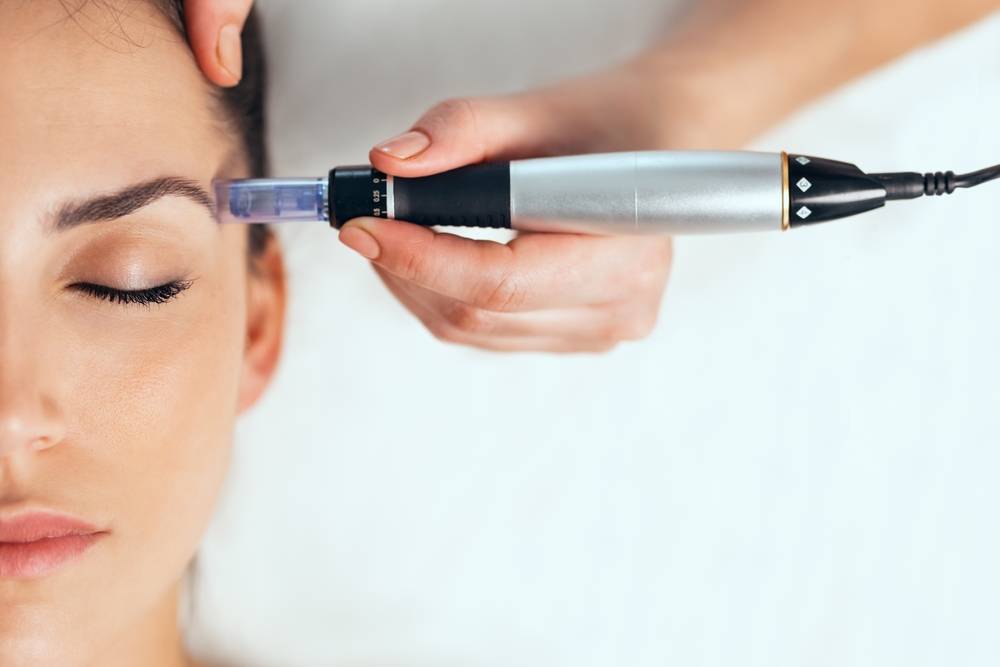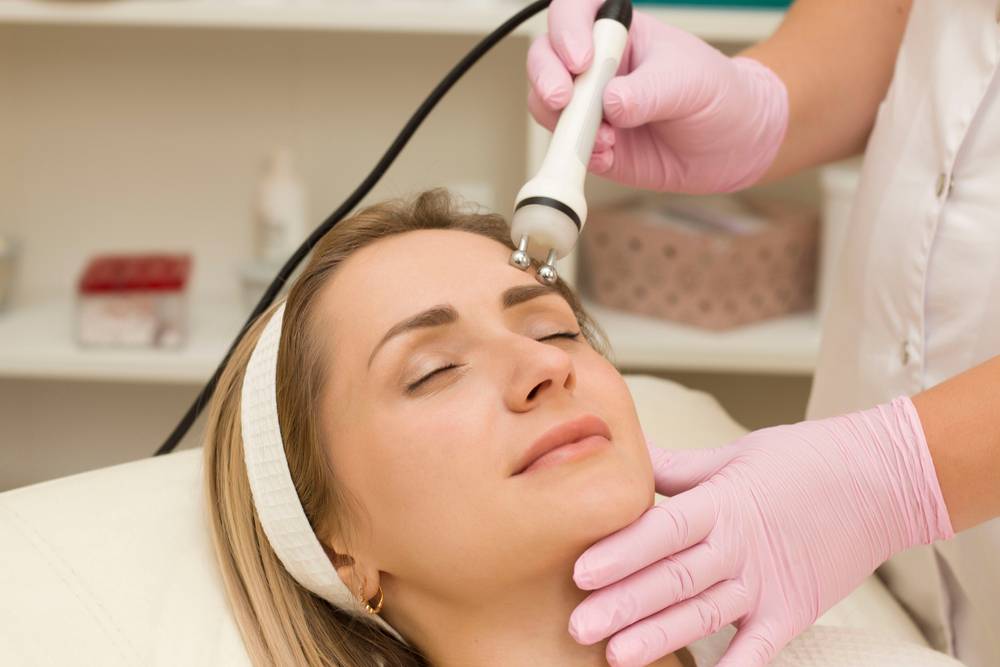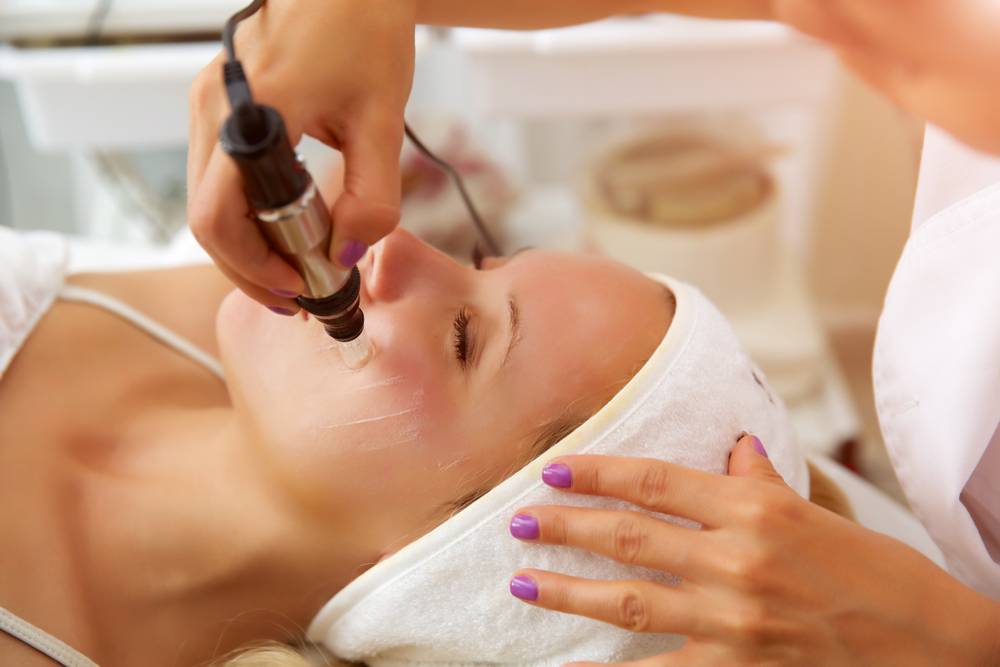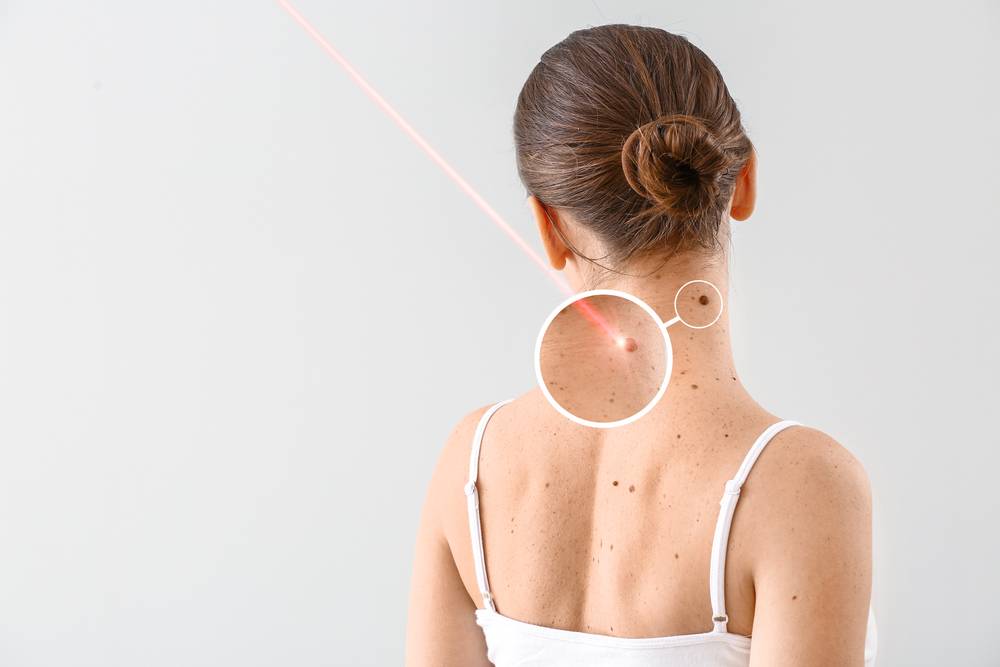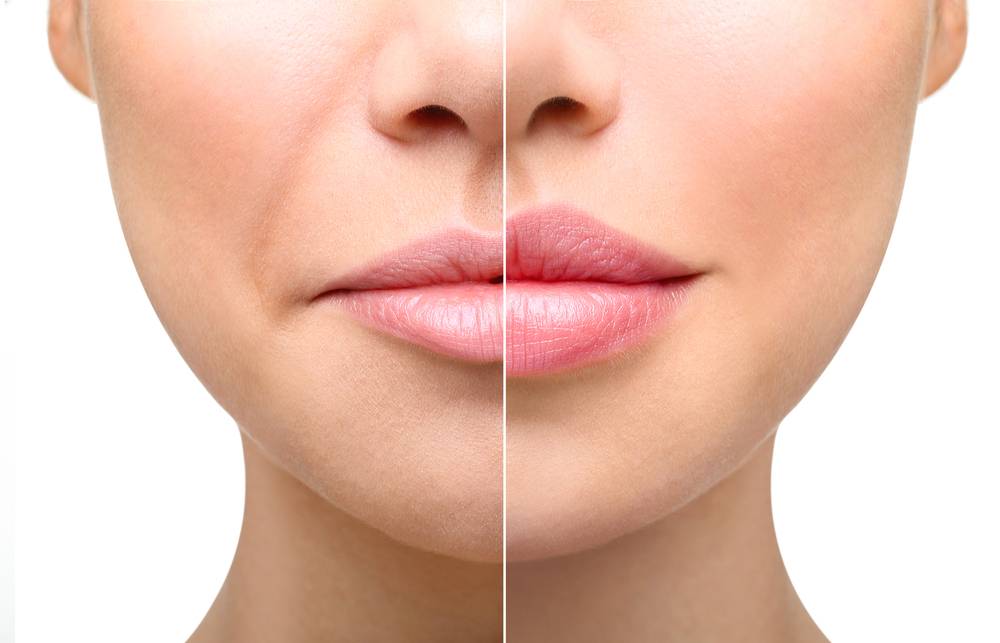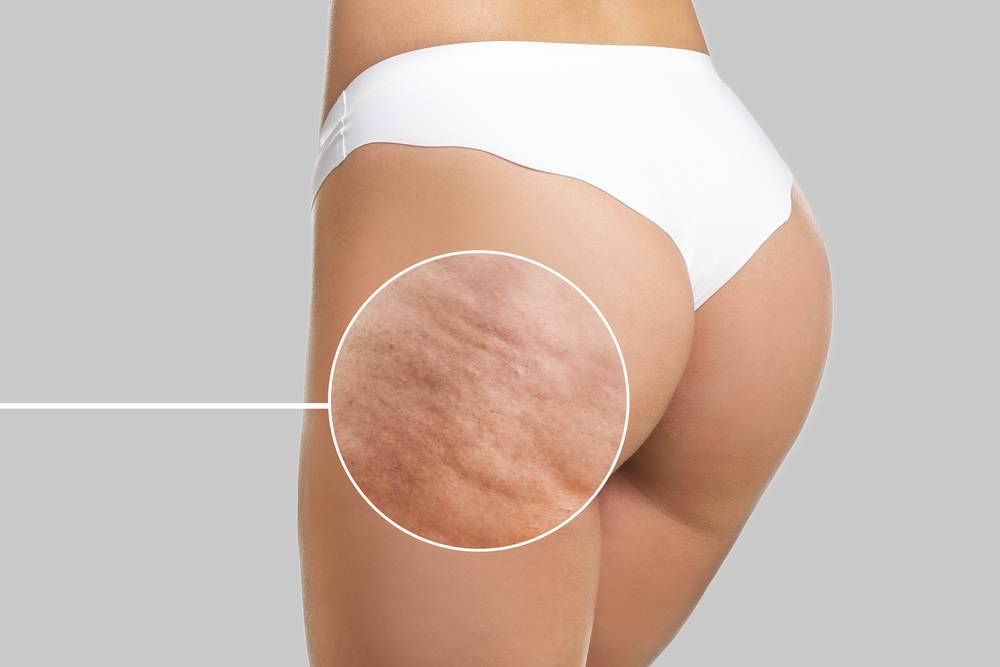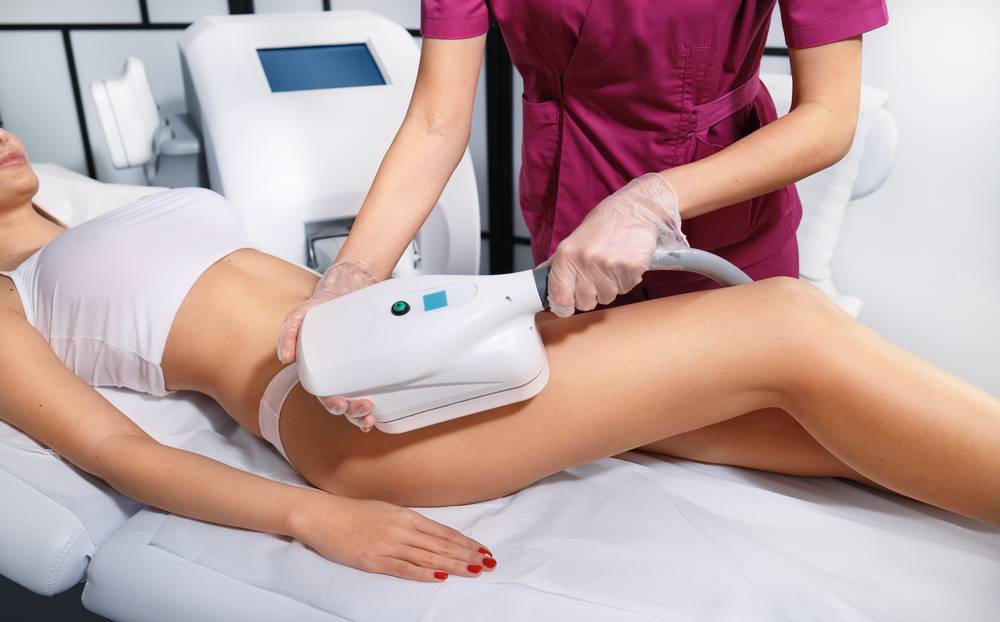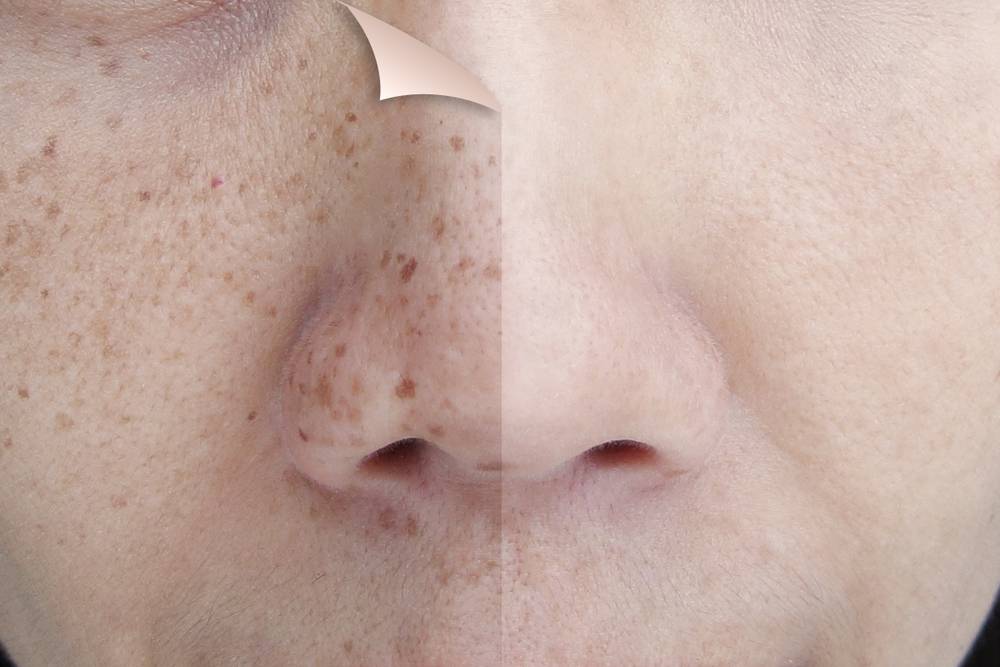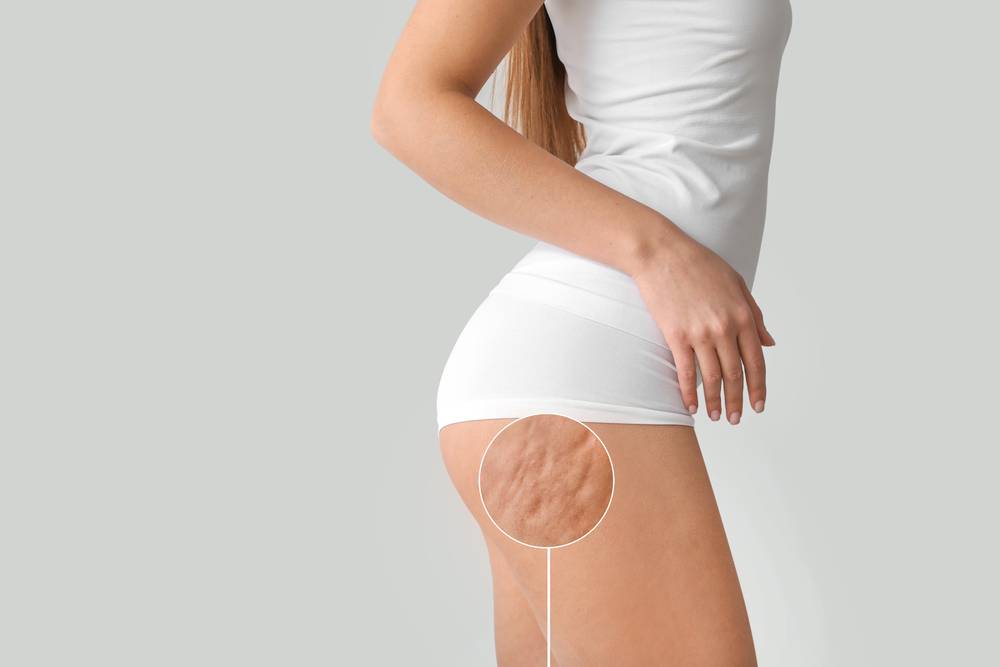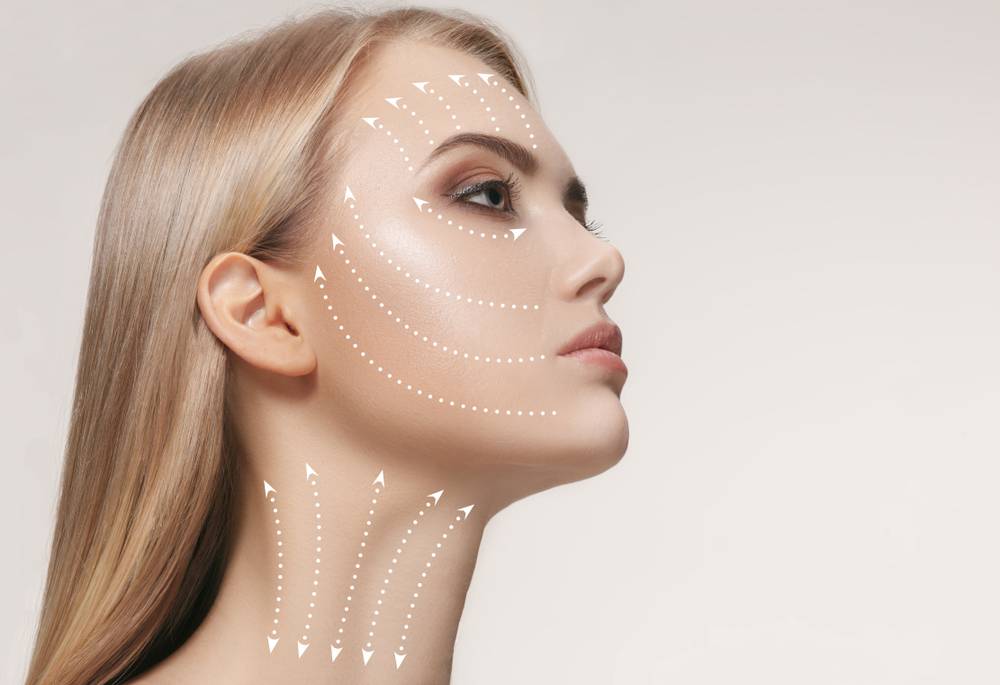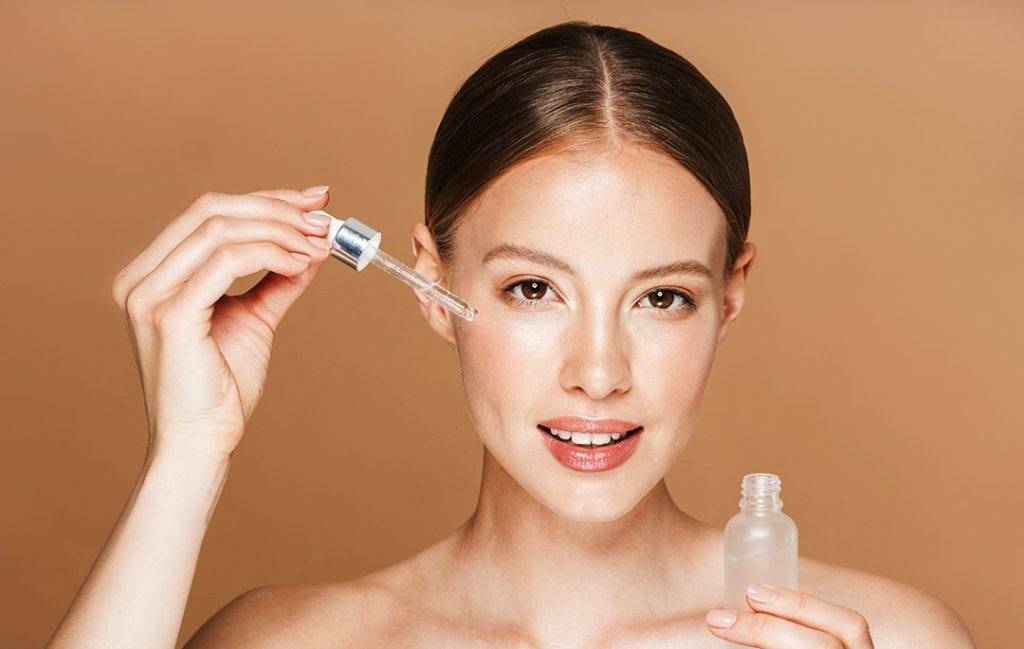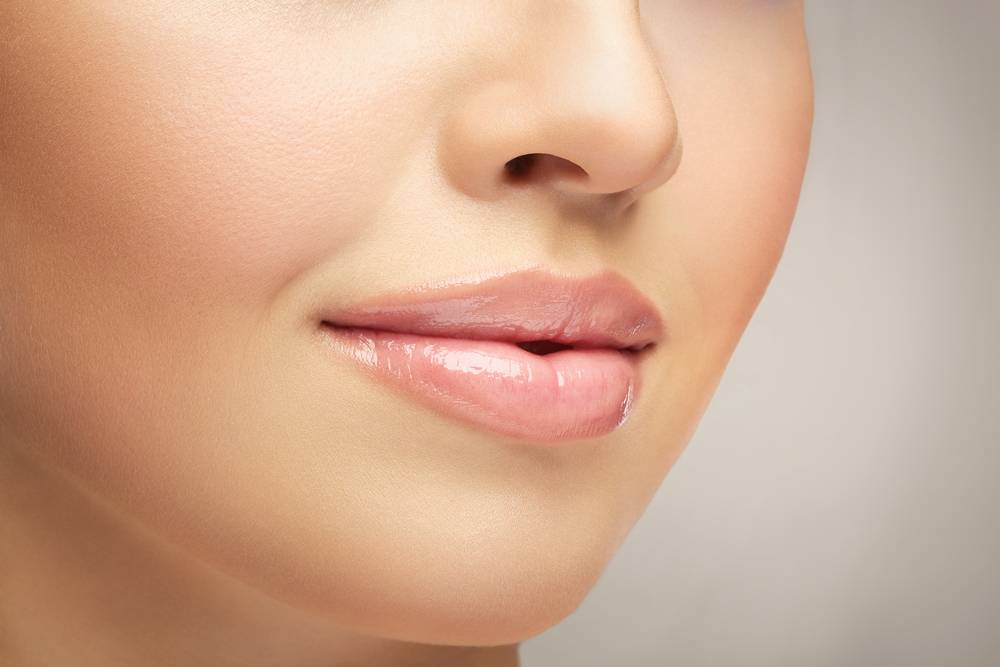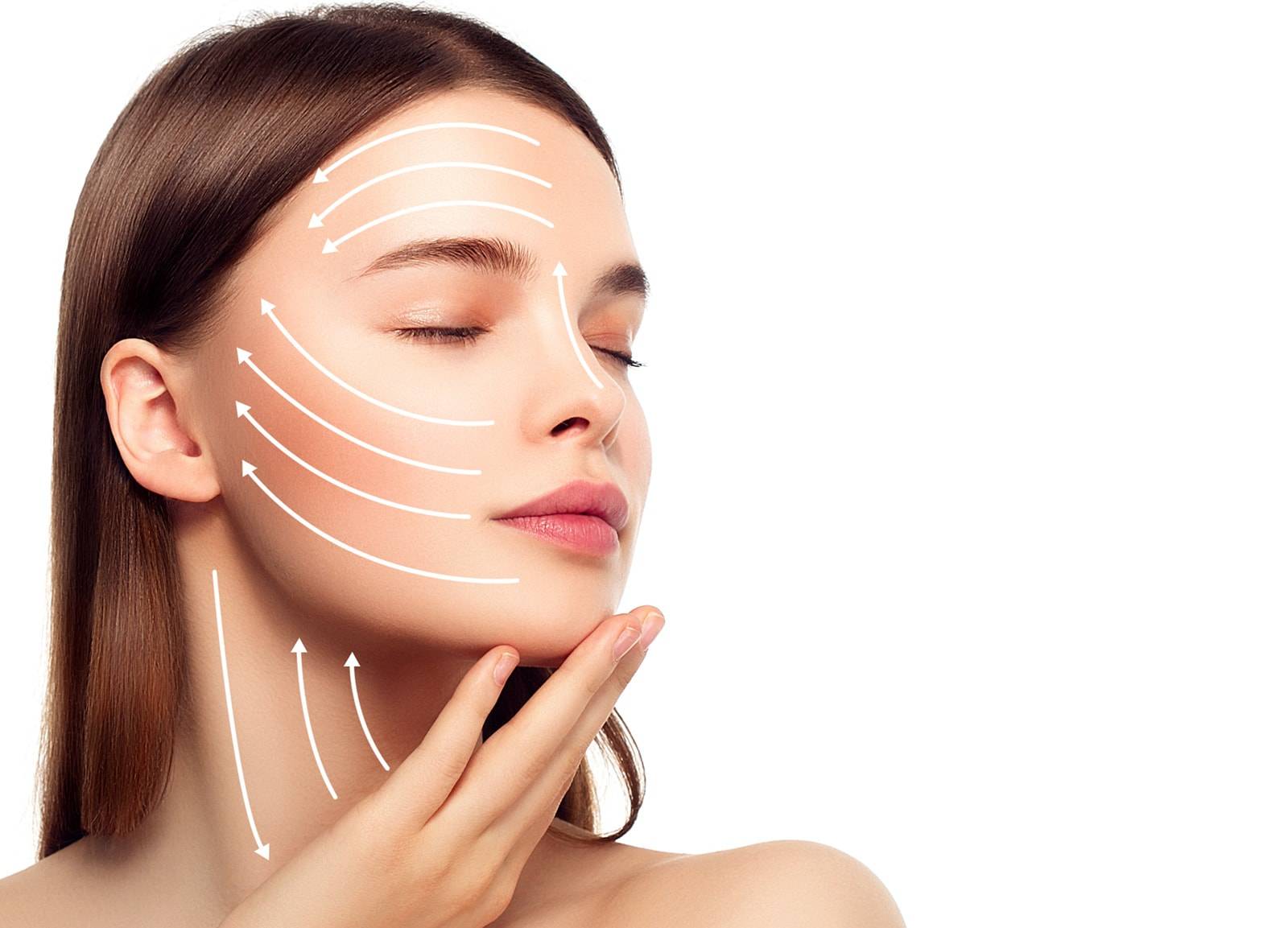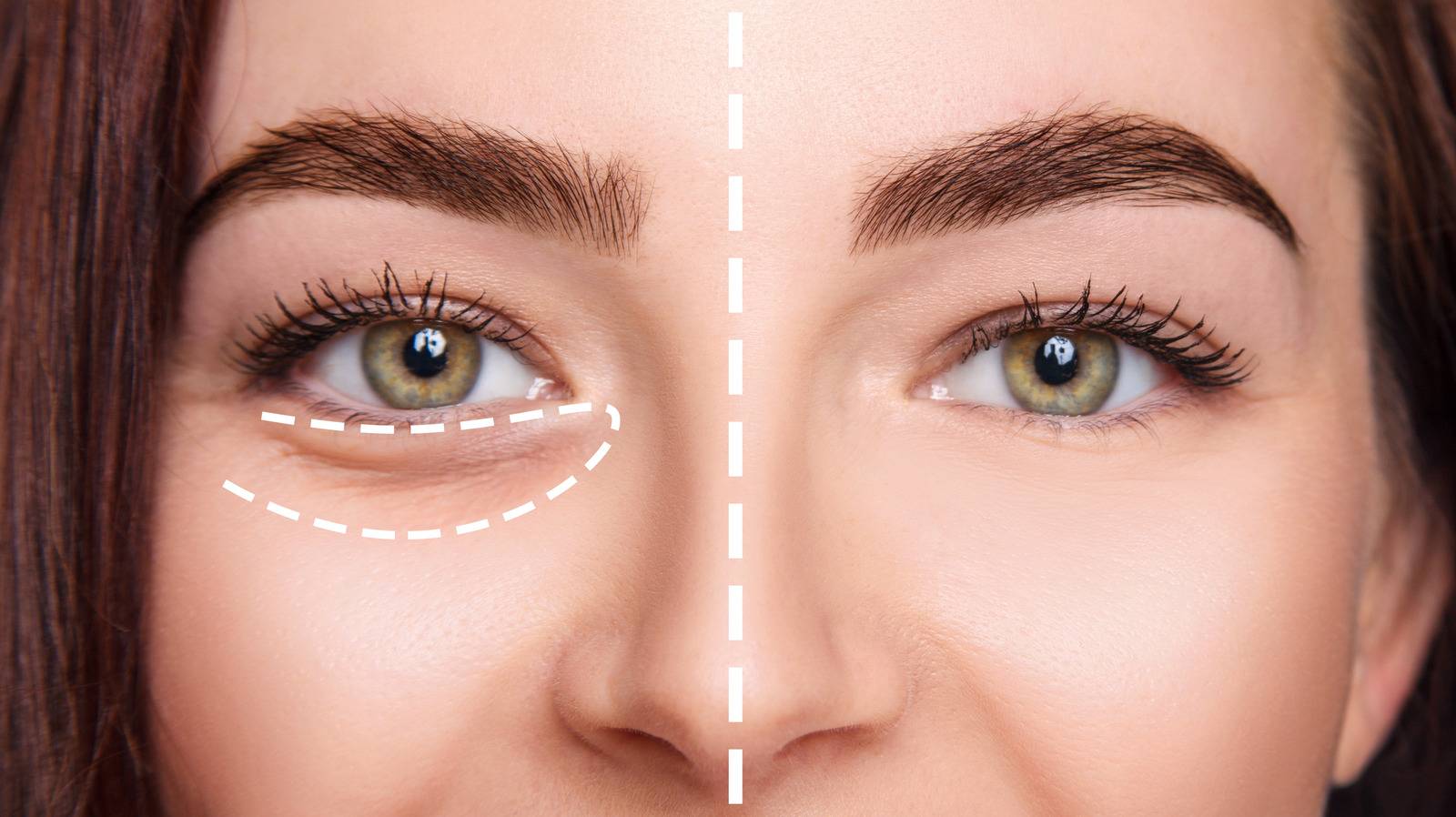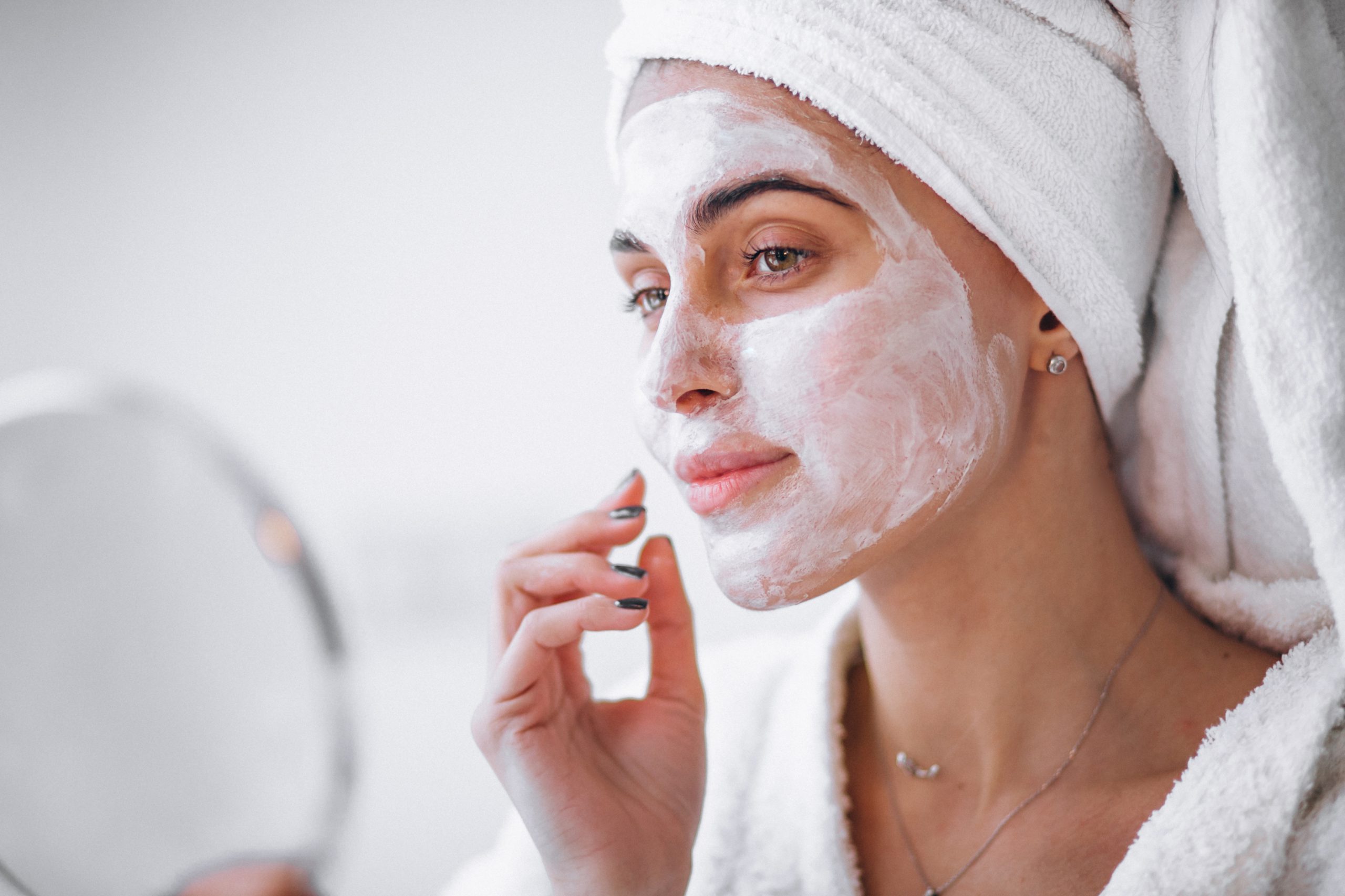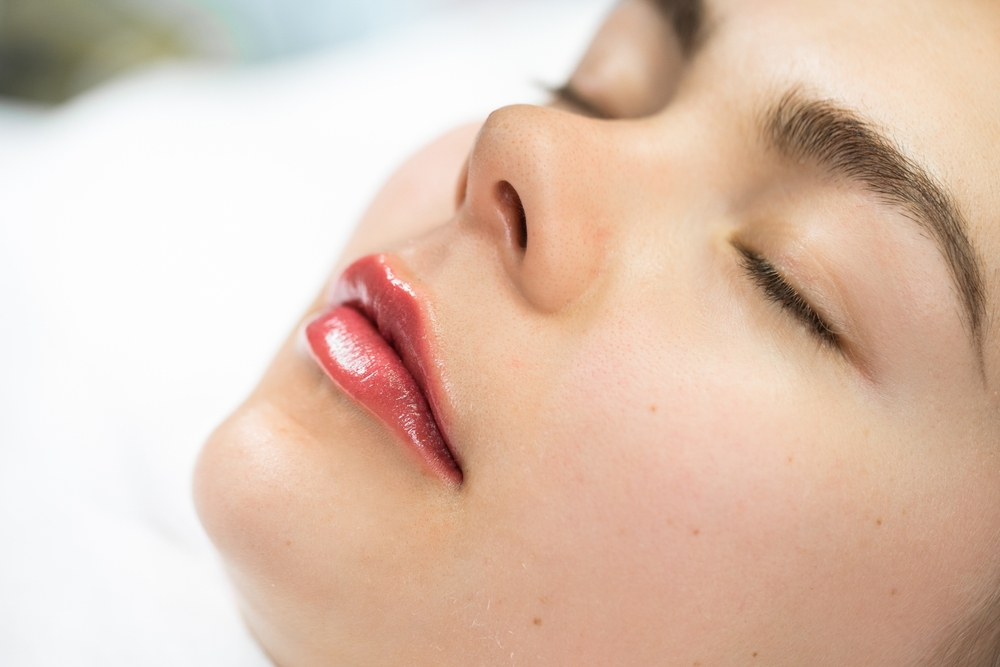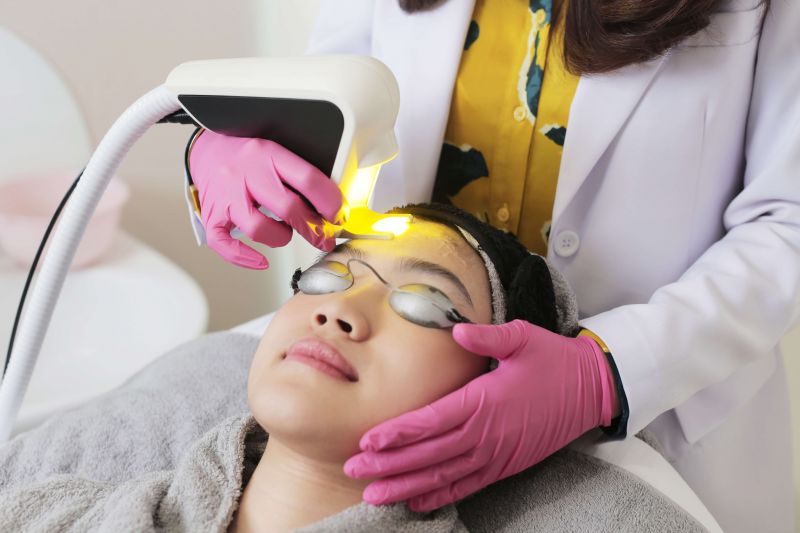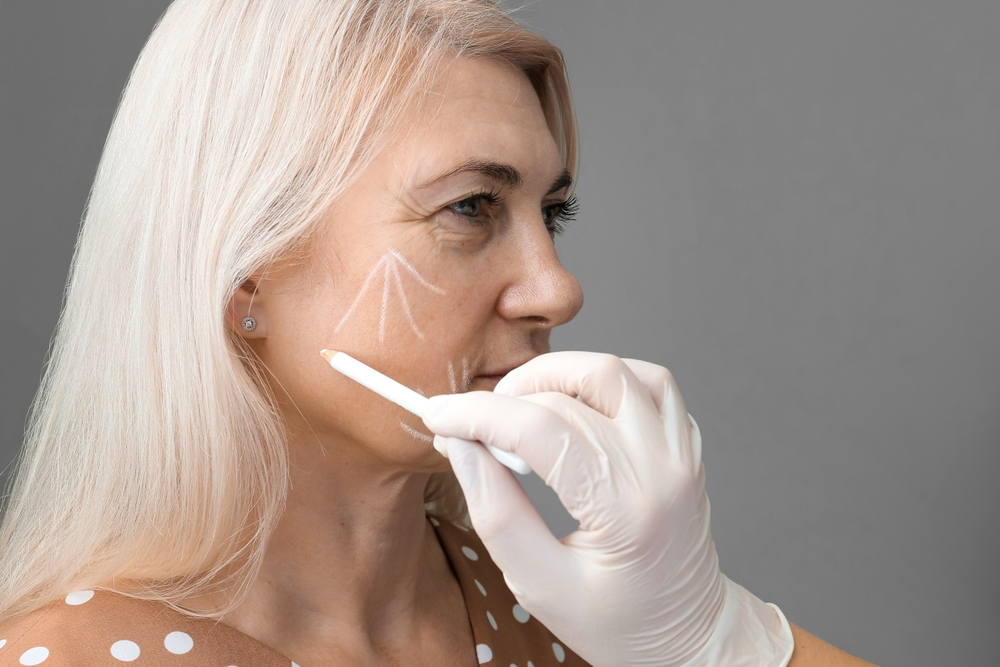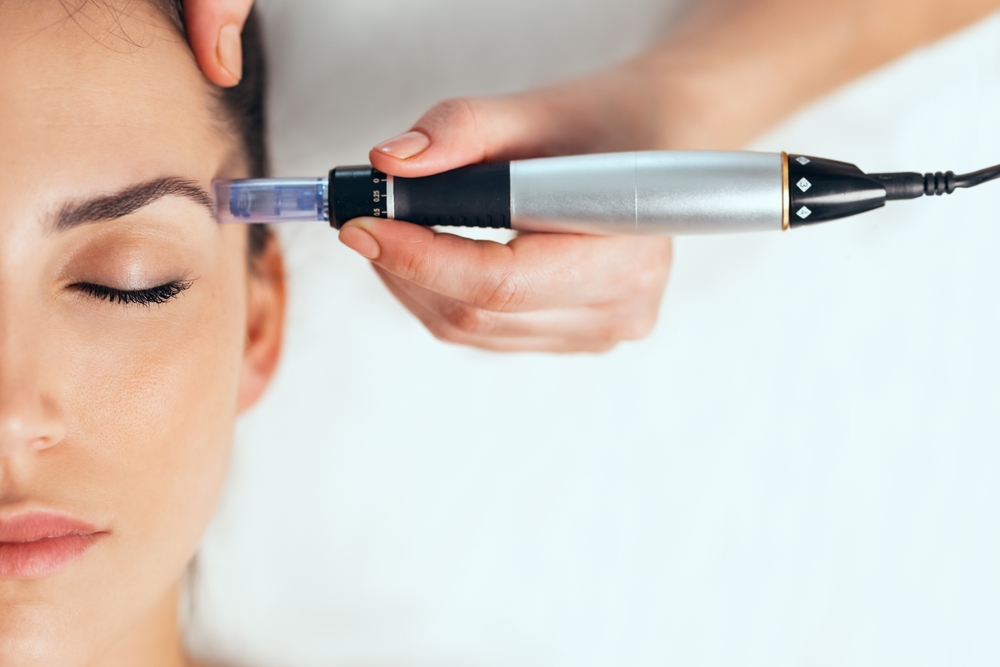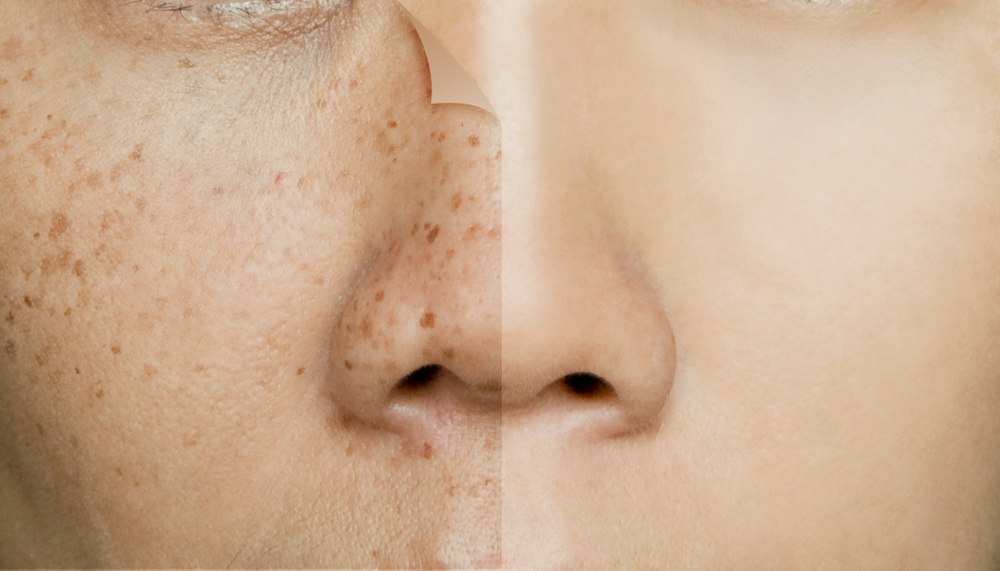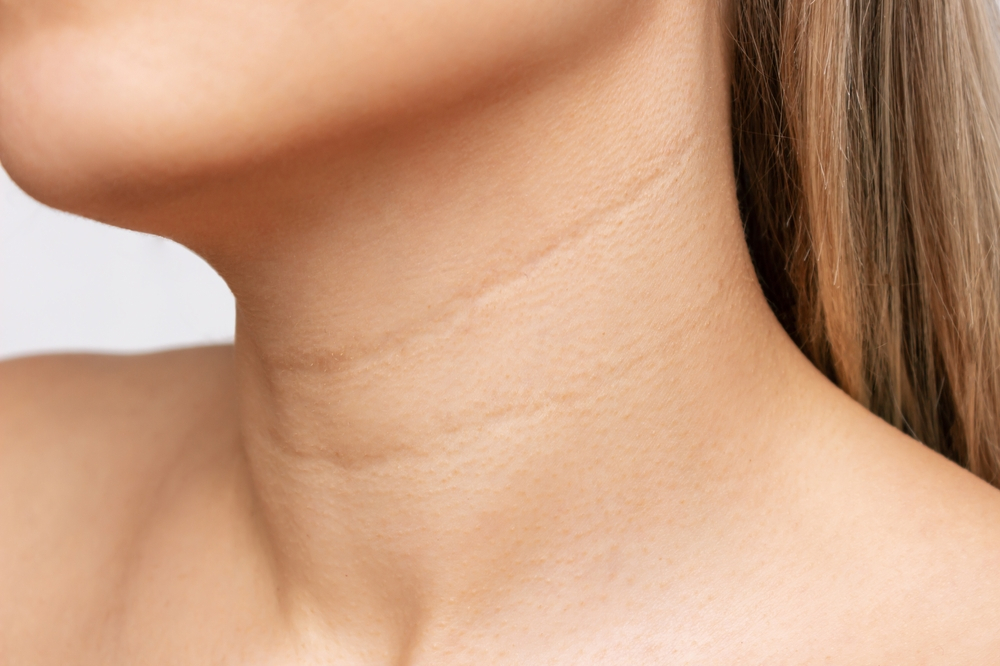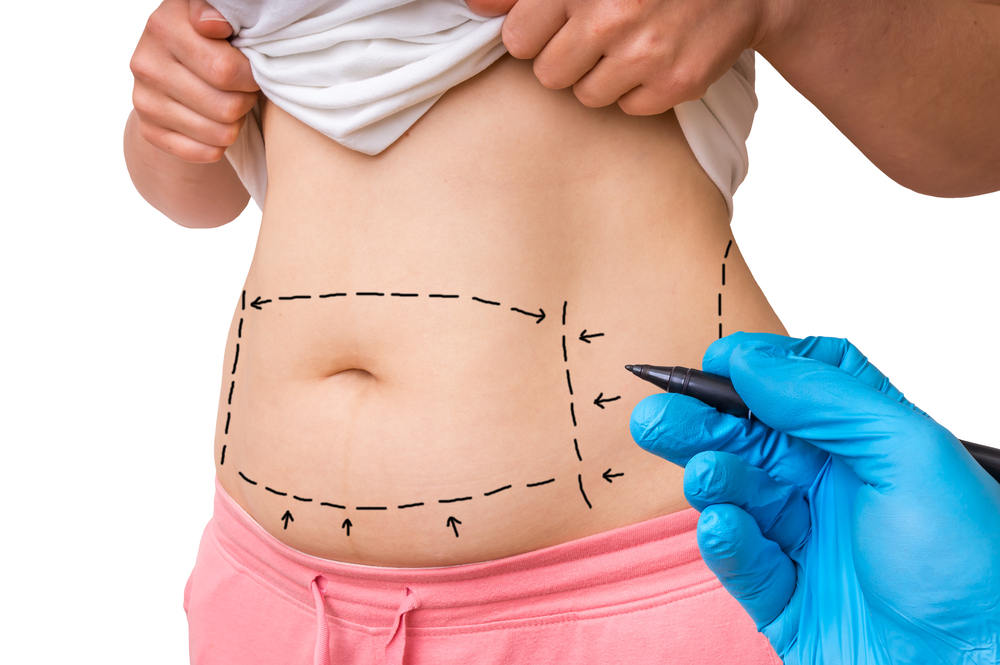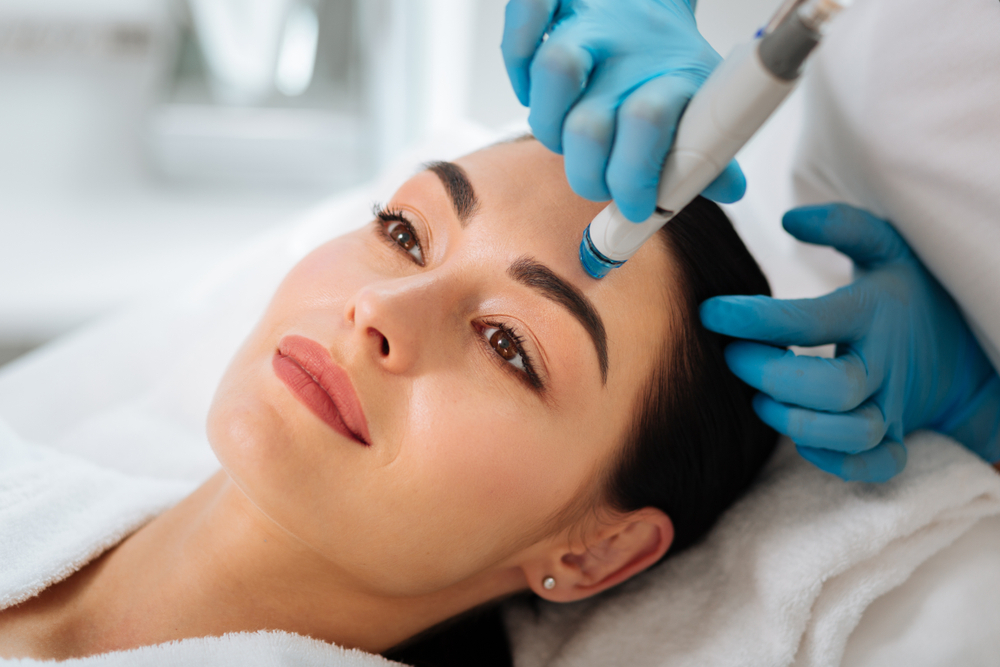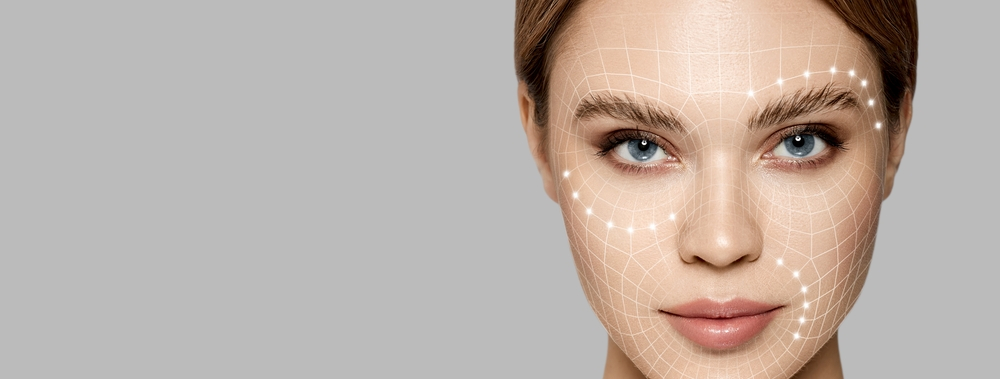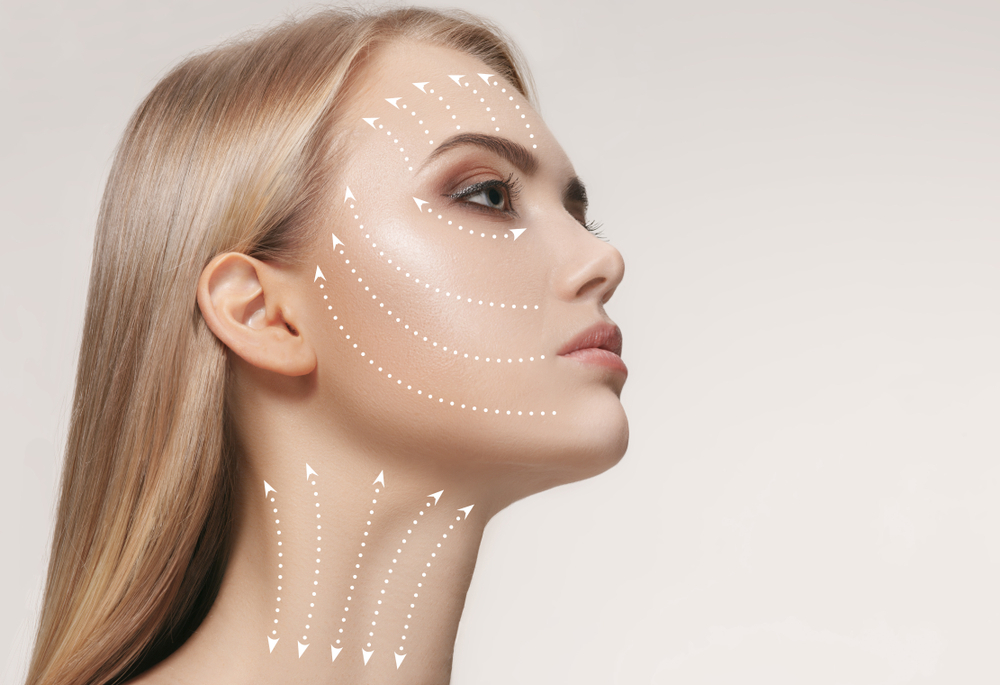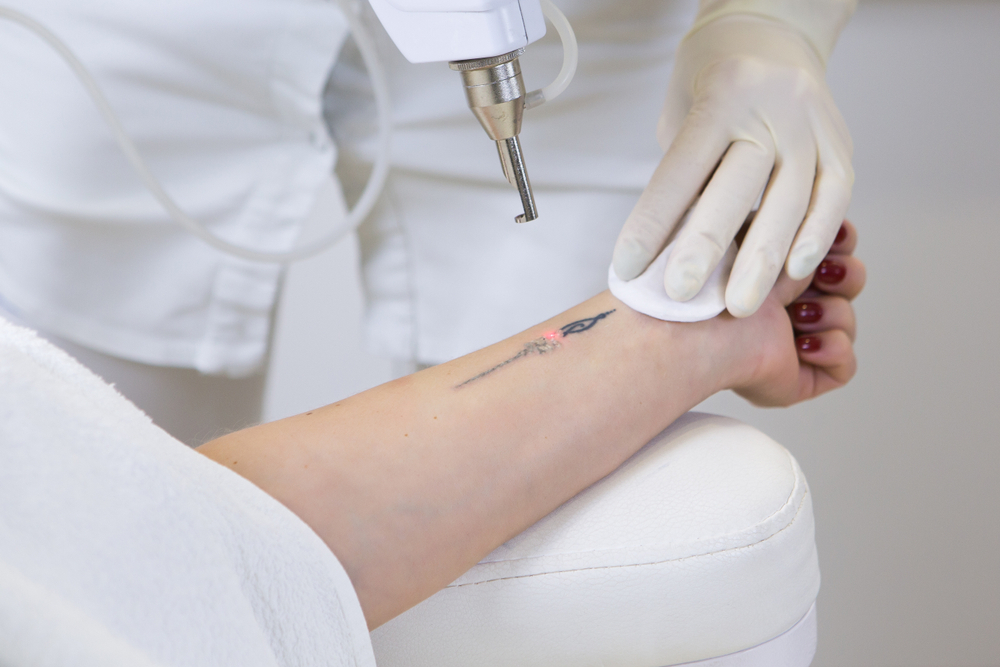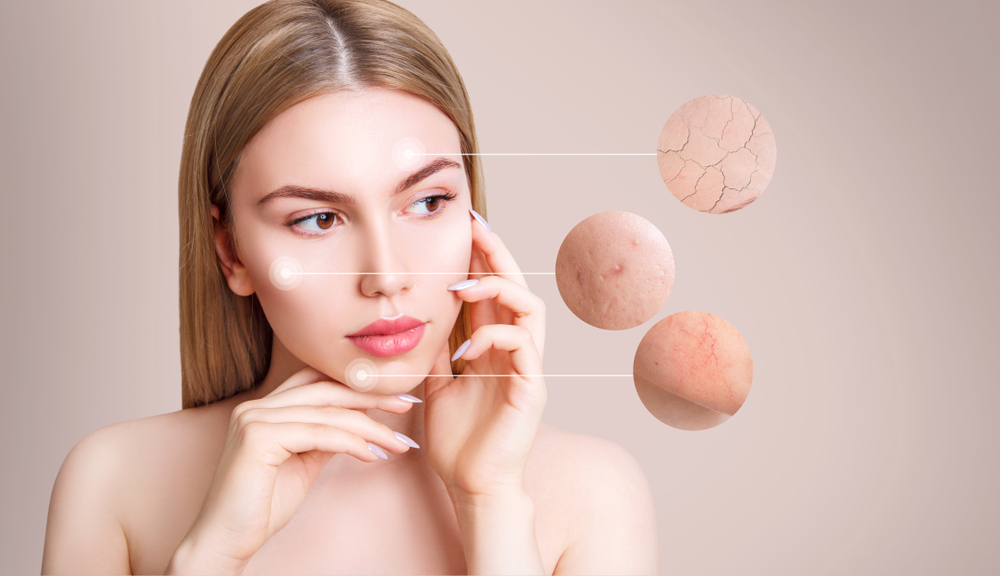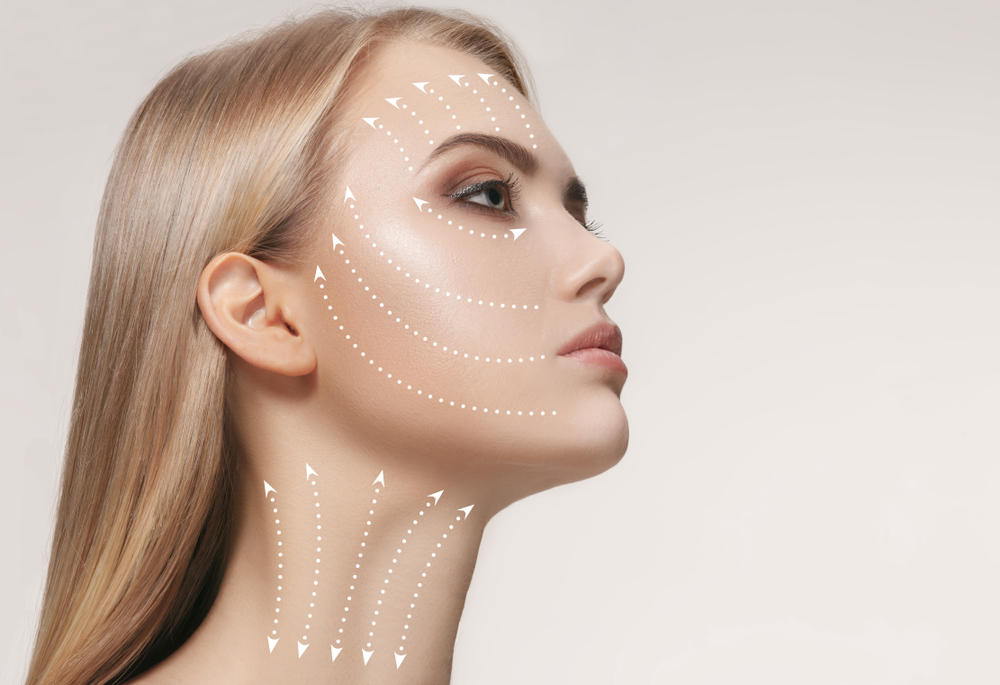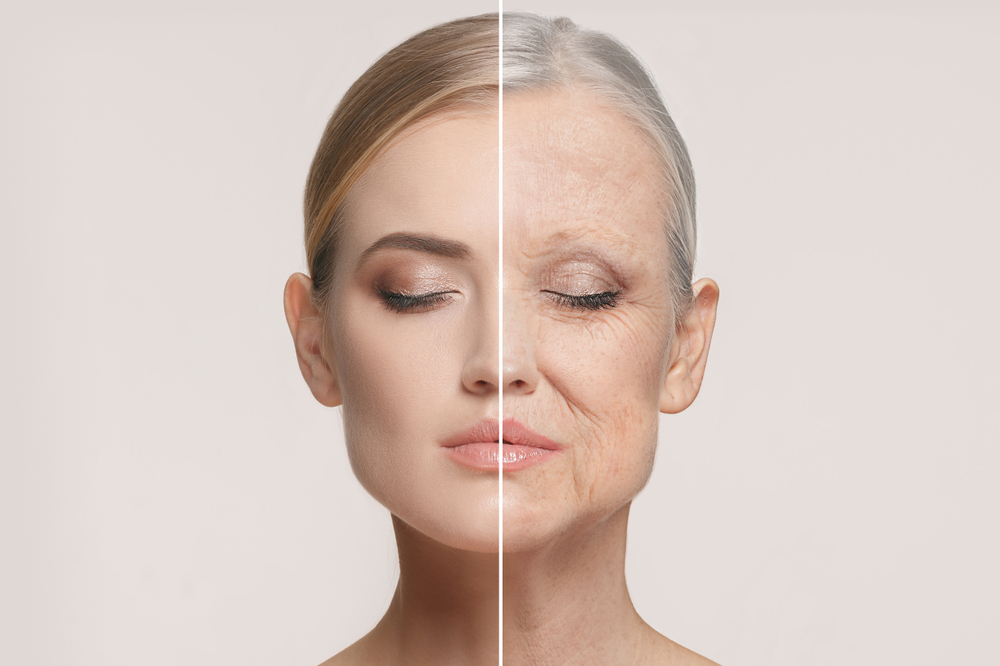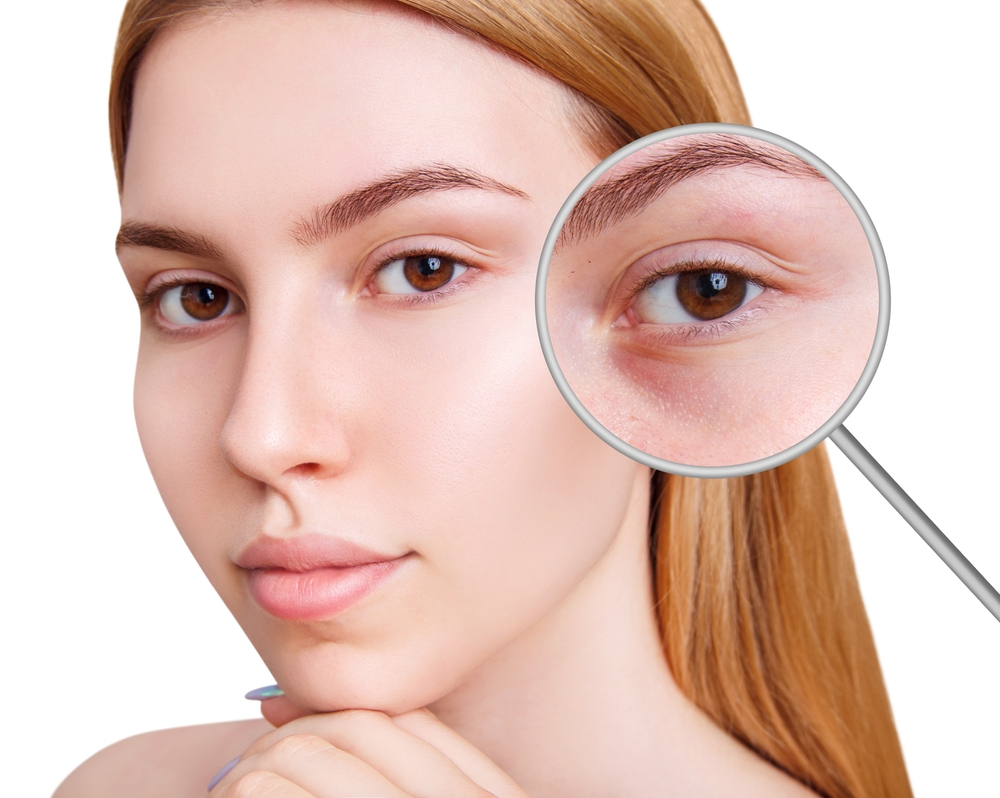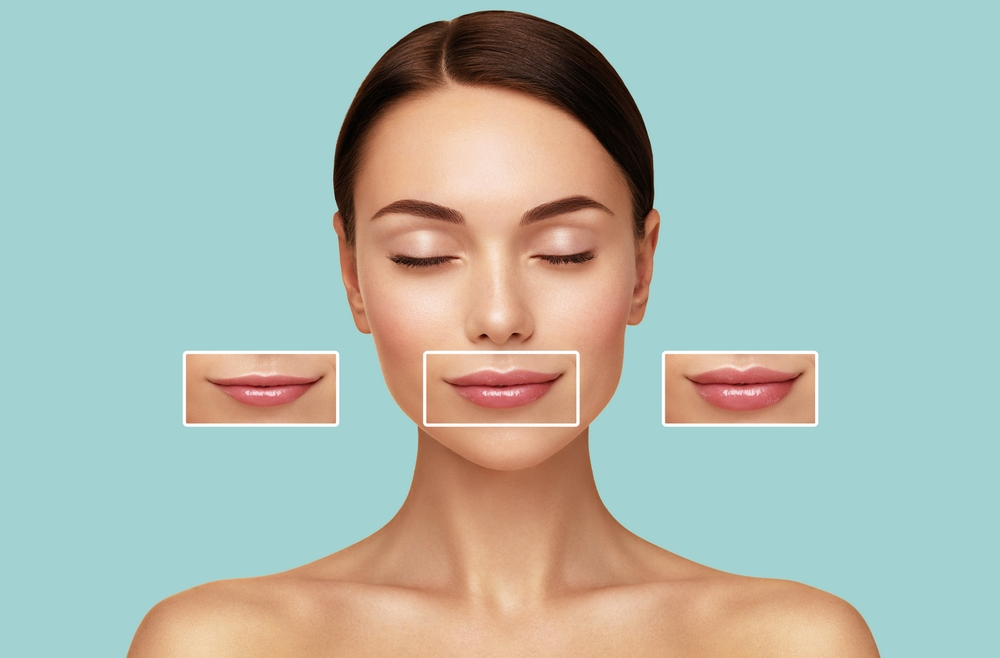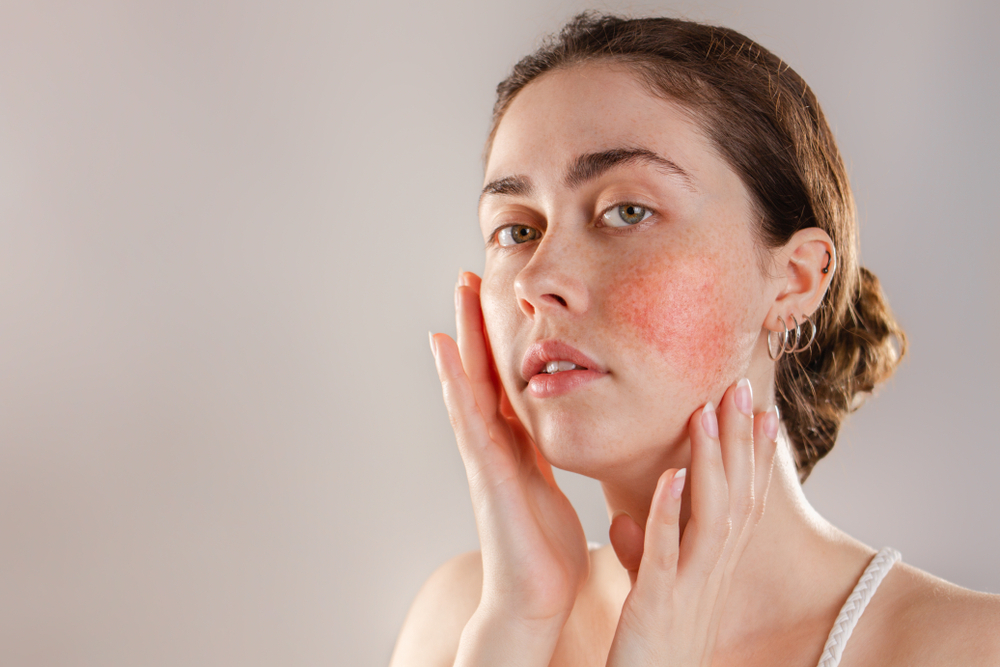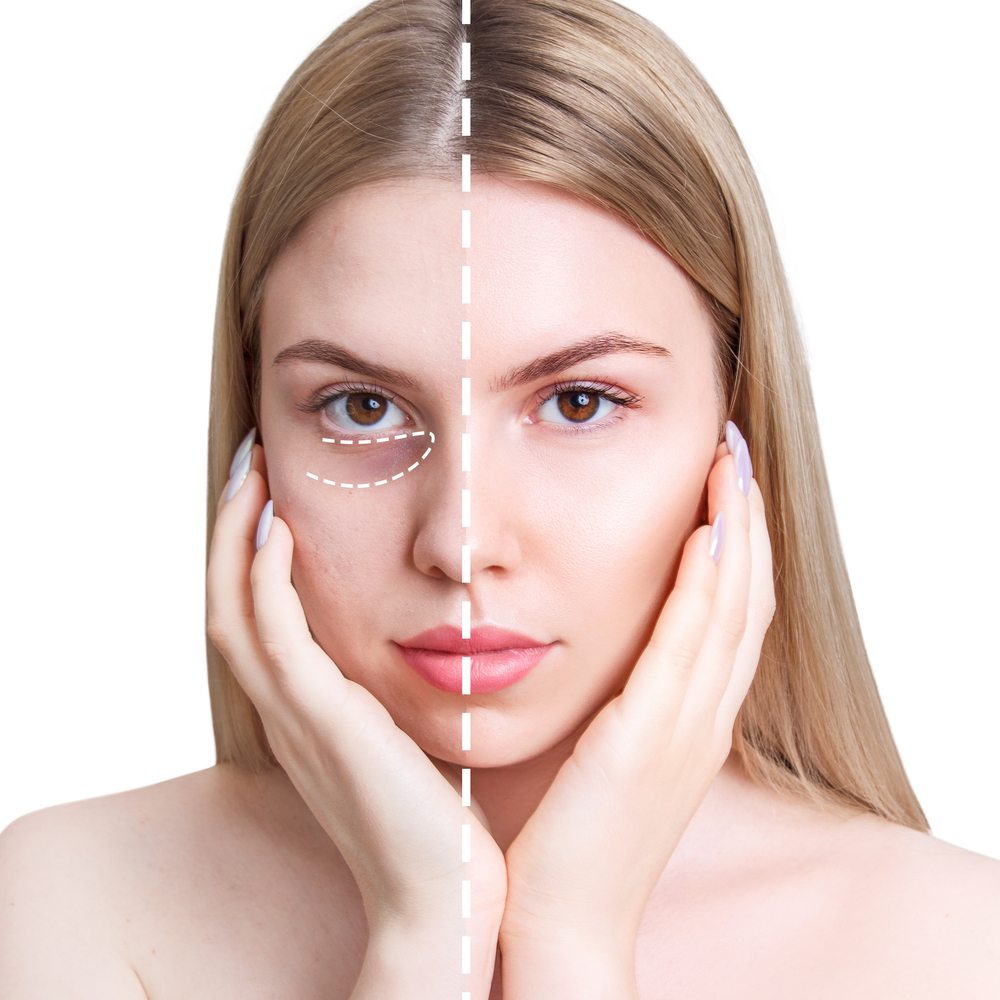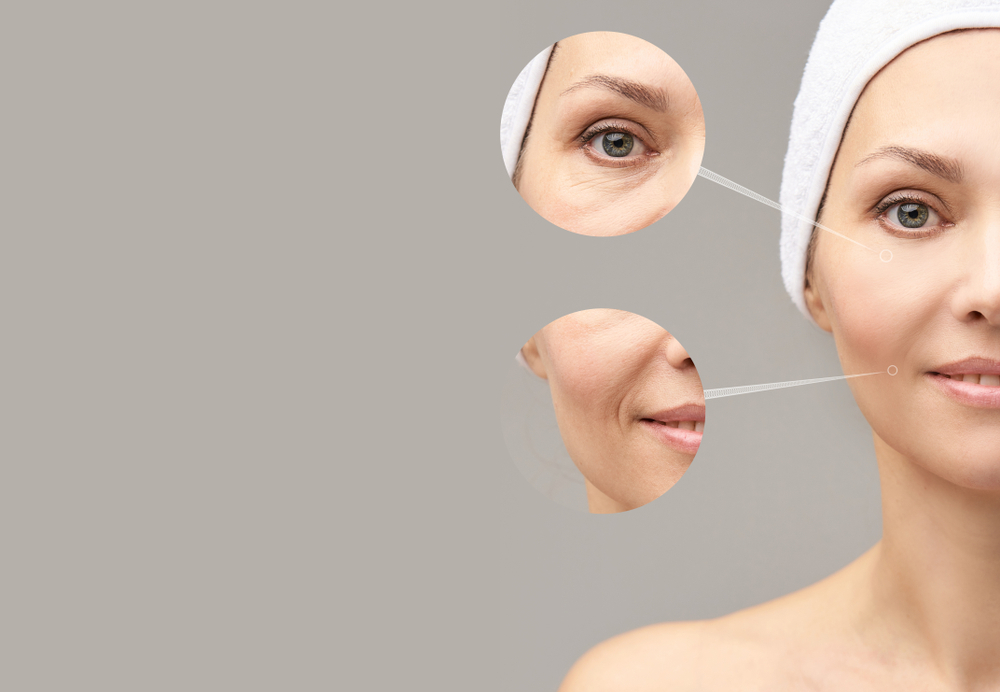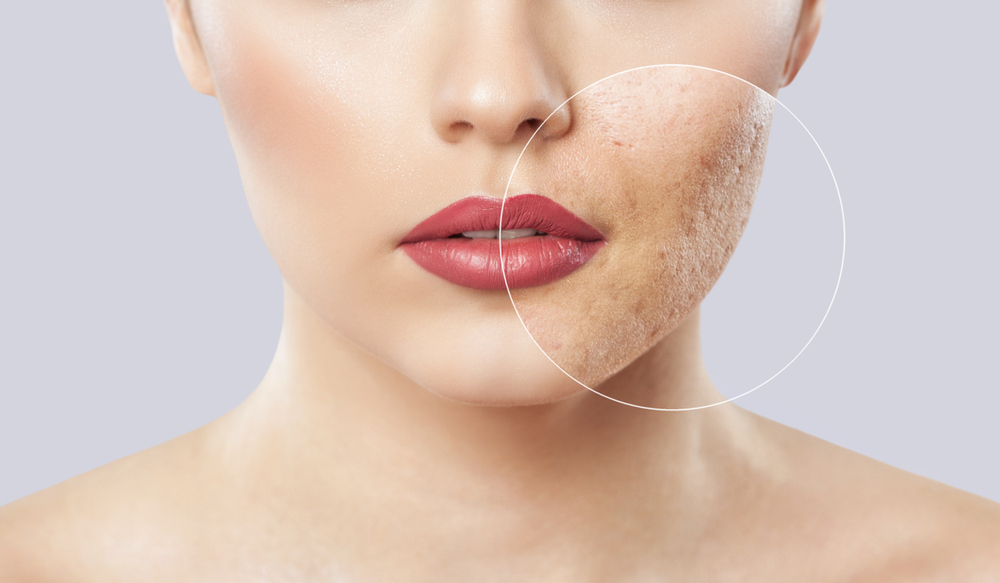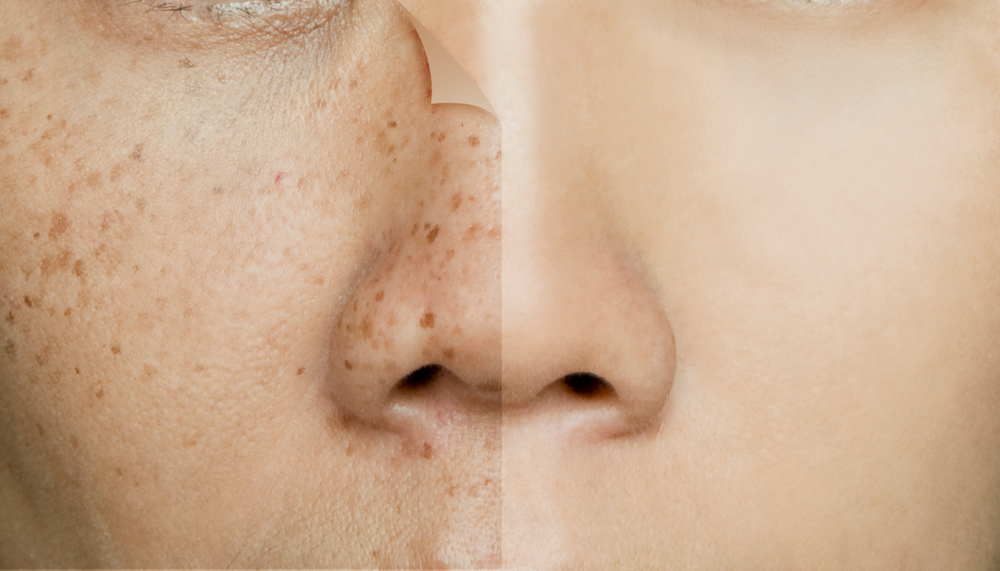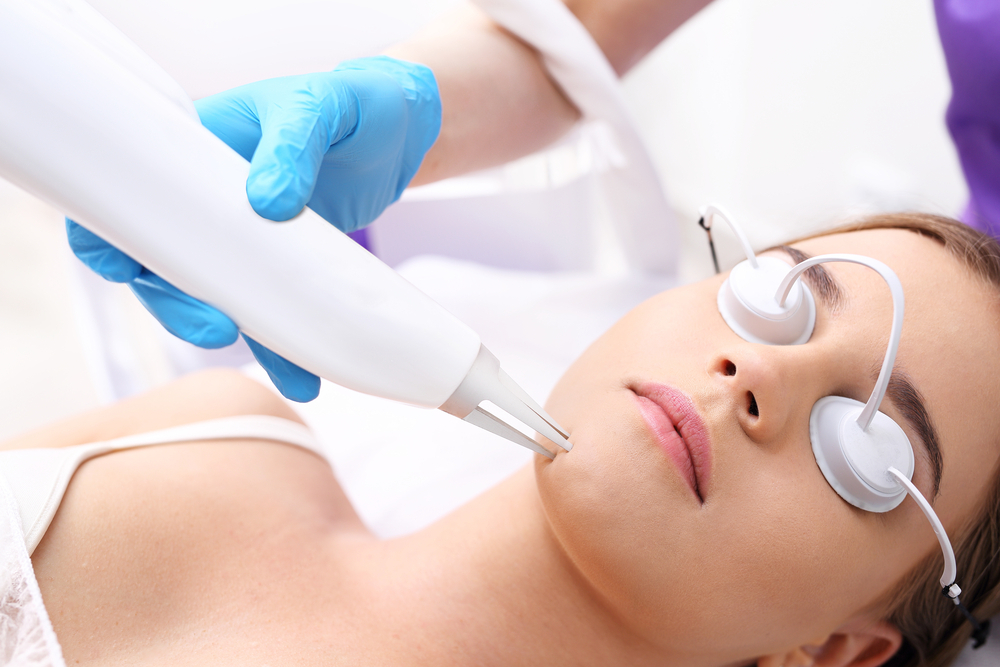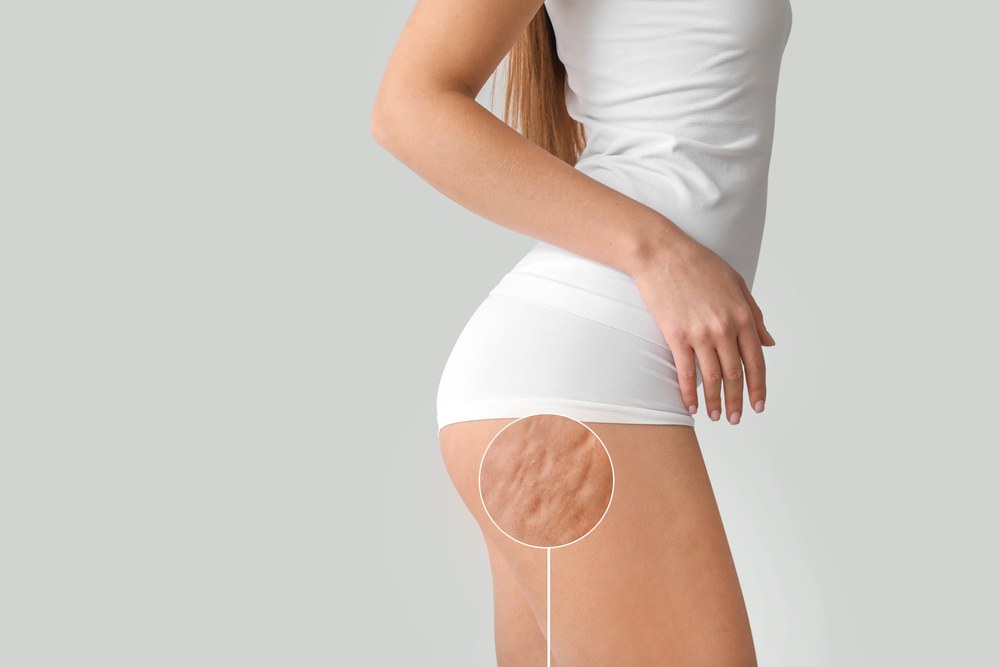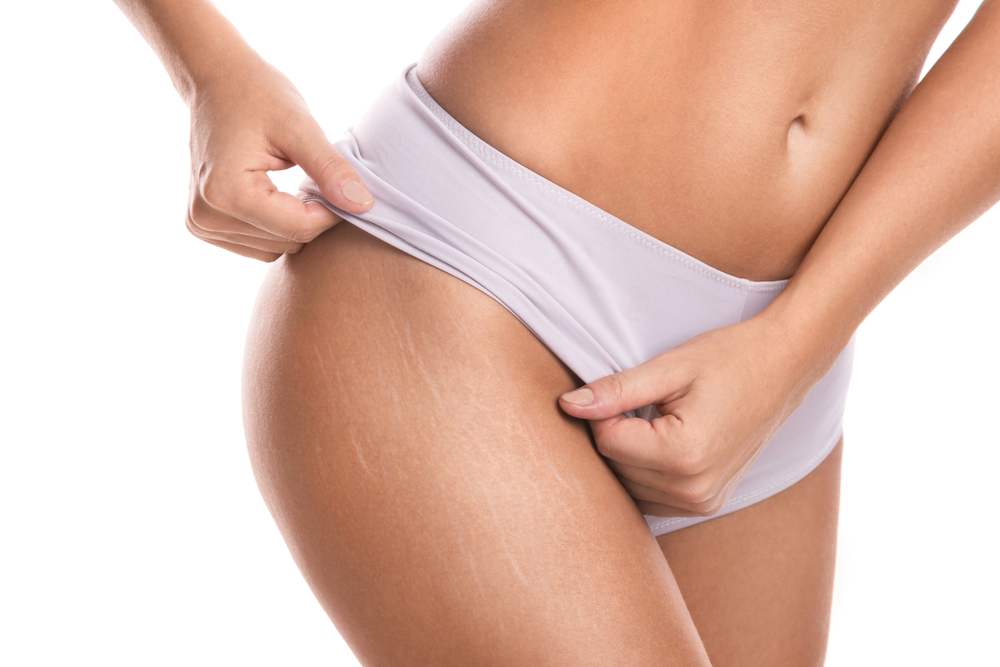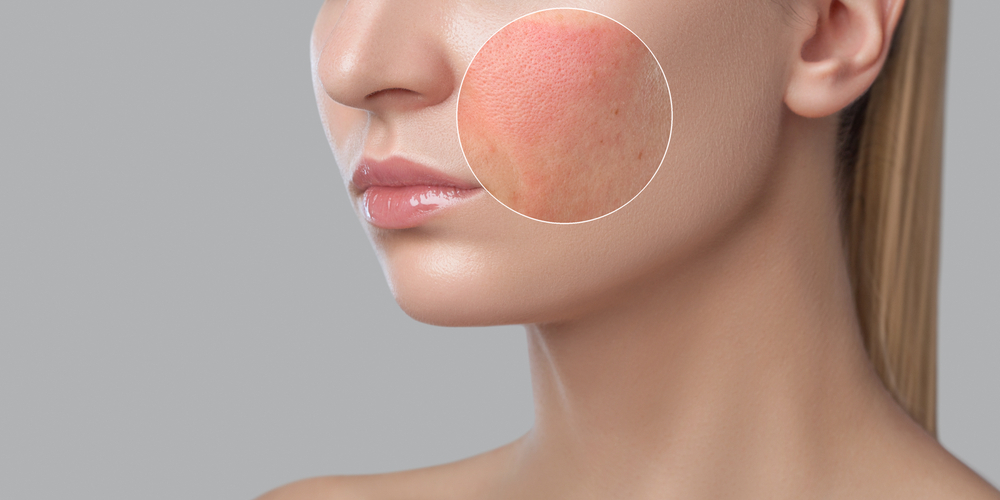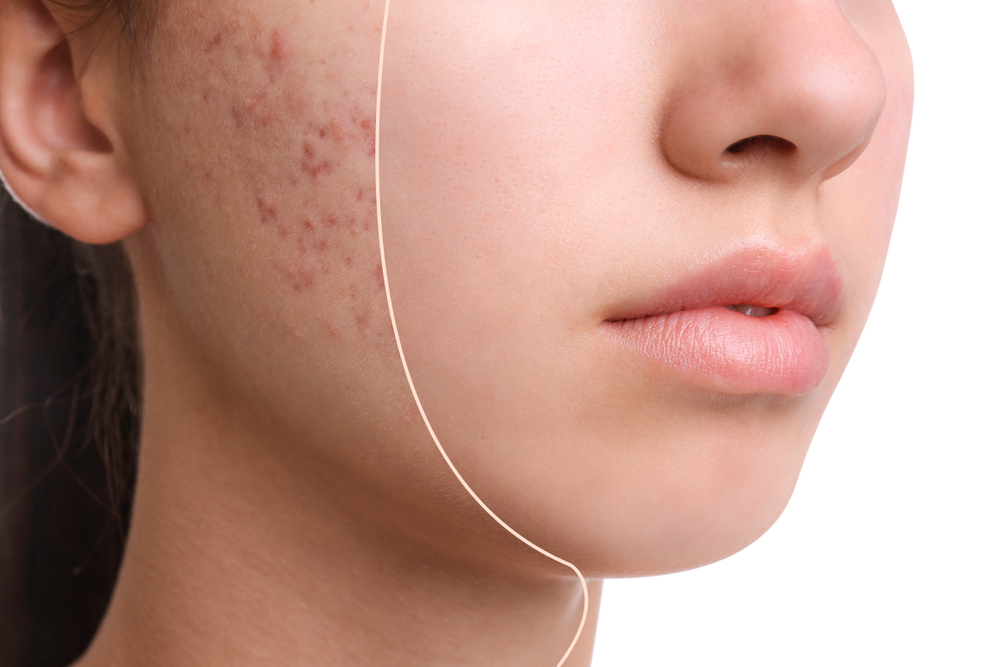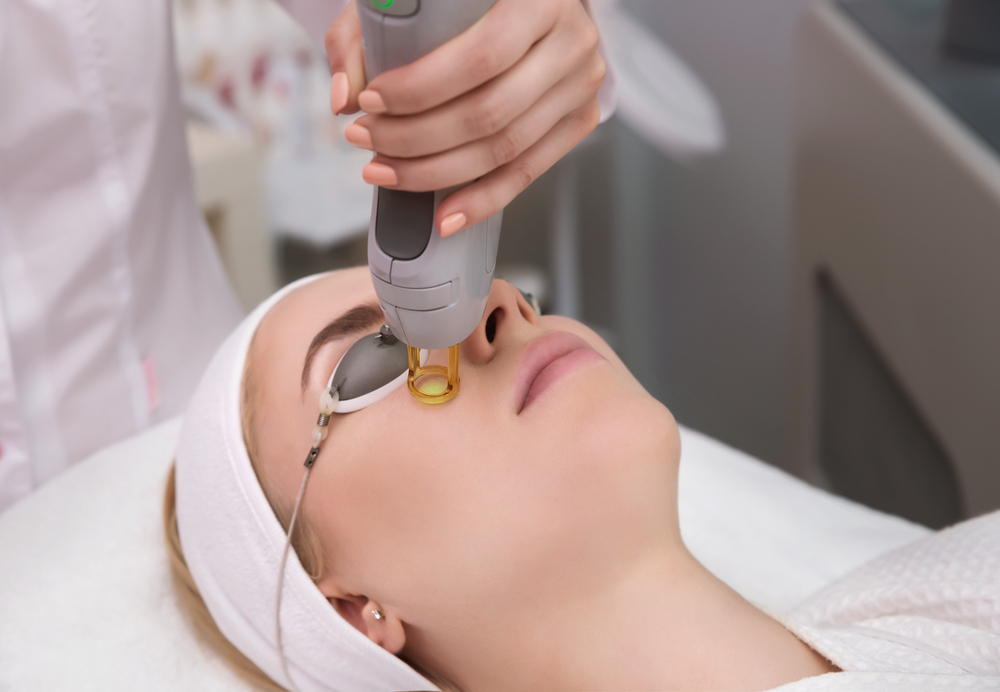Peeling

Peeling
What is Peeling?
Peeling is a method used in skin care. It provides chemical or physical cleaning of dead skin and the upper layer of the skin. This process helps reduce spots, wrinkles, acne scars and sun damage on the skin. Peeling supports skin renewal and rejuvenation. There are different types such as chemical peeling, mechanical peeling and enzymatic peeling. The application time and effect may vary depending on the peeling method.
What is Chemical Peeling?
Chemical peeling is a method used in the treatment of skin problems by peeling the upper layer of the skin. In this process, special chemical solutions are applied to the skin to remove dead skin cells and spots. Chemical peeling can improve the appearance of many skin problems such as acne scars, spots, skin tone irregularities and fine wrinkles. A slight burning or redness may be felt during the process, but the healing process is usually fast. The type and depth of the chemical solution applied may affect the results.
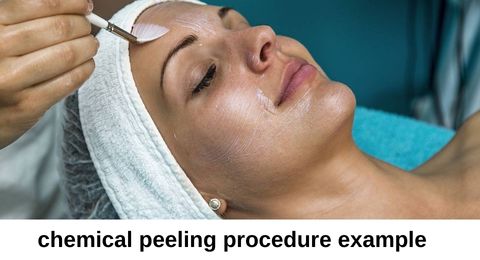
How is Chemical Peeling Done?
Chemical peeling is performed by skin care specialists or dermatologists. The process begins with cleaning the skin. Then, the upper layer of the skin is gently peeled off using a chemical solution or a mechanical tool. A slight burning or tingling sensation is normal during peeling. After the procedure, the skin is moisturized and protective products are applied. Peeling can be applied with different methods depending on the skin type and the desired result.
What Does Chemical Peeling Do?
Chemical peeling is the process of gently peeling the upper layer of the skin. With the peeling application, dead skin on the skin is cleaned, pores are opened, blemishes and wrinkles are reduced. It also offers solutions to skin problems such as acne scars, sun spots, and skin tone inequalities. Chemical peeling helps the skin gain a young and vibrant appearance, provides skin renewal and improves skin texture.
What are the Types of Peeling?
Peeling types have different contents and effects. Chemical peeling is the most commonly used type of peeling and skin renewal is achieved by using acids. Mechanical peeling cleans the dead skin by applying light friction to the skin. Enzymatic peeling removes dead skin on the skin surface using natural enzymes. Each type of peeling provides treatment for different skin needs.
What Skin Problems is Chemical Peeling Good For?
Chemical peeling offers an effective solution to many skin problems. It treats problems such as acne and acne scars, blemishes, sun damage, signs of aging, skin tone irregularities and the appearance of pores. The peeling process renews the skin, corrects skin texture and improves skin tone. Therefore, peeling is an effective option in eliminating many skin problems.
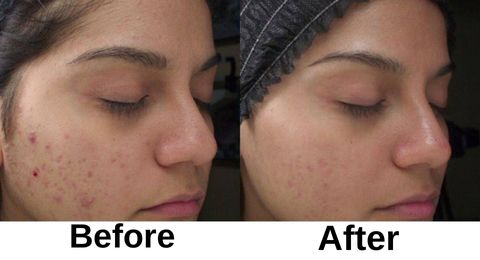
What Should You Pay Attention to After Chemical Peeling?
It is important to take some precautions for your skin to heal properly after the chemical peeling process. Your skin may be sensitive after peeling, so it is important to use sunscreen, moisturize your skin and avoid makeup. In addition, you should avoid harsh cleaning products and extremely hot water, clean your skin gently and follow the instructions after peeling.
When Are the Effects of Chemical Peeling Seen?
The effects on the skin after the peeling process are usually noticeable immediately. Some people may experience slight redness, slight peeling or slight tightening of the skin. However, the full effects of the peeling usually appear within a few days and help the skin look brighter, smoother and younger. Long-term results appear over time after the peeling sessions and provide a reduction in blemishes on the skin, correction of wrinkles and improvement of skin tone.
What are the Side Effects of Chemical Peeling?
Although the peeling process is generally a safe treatment, it can have some side effects. These may include slight redness, sensitivity, slight peeling, temporary crusting and dryness. In rare cases, complications such as infection, excessive peeling or discoloration may occur. However, these side effects are usually temporary and become minimal when managed well.
How Many Sessions are Applied for Chemical Peeling?
The number of sessions of the peeling process may vary depending on the type and severity of the skin problem. Generally, a single session may be sufficient for mild skin problems, while more serious problems may require more than one session. The number of sessions is determined by your dermatologist after evaluating your skin condition. The sessions between peelings can usually be between 2 and 4 weeks. The peeling method applied and your personal needs can also affect the number of sessions.
Does Chemical Peeling Shrink Pores?
Chemical peeling helps cleanse and improve the appearance of pores by gently peeling the upper layer of the skin
İlgili Yazılar
See AllNeed to Contact Us?
We would want to hear more.
